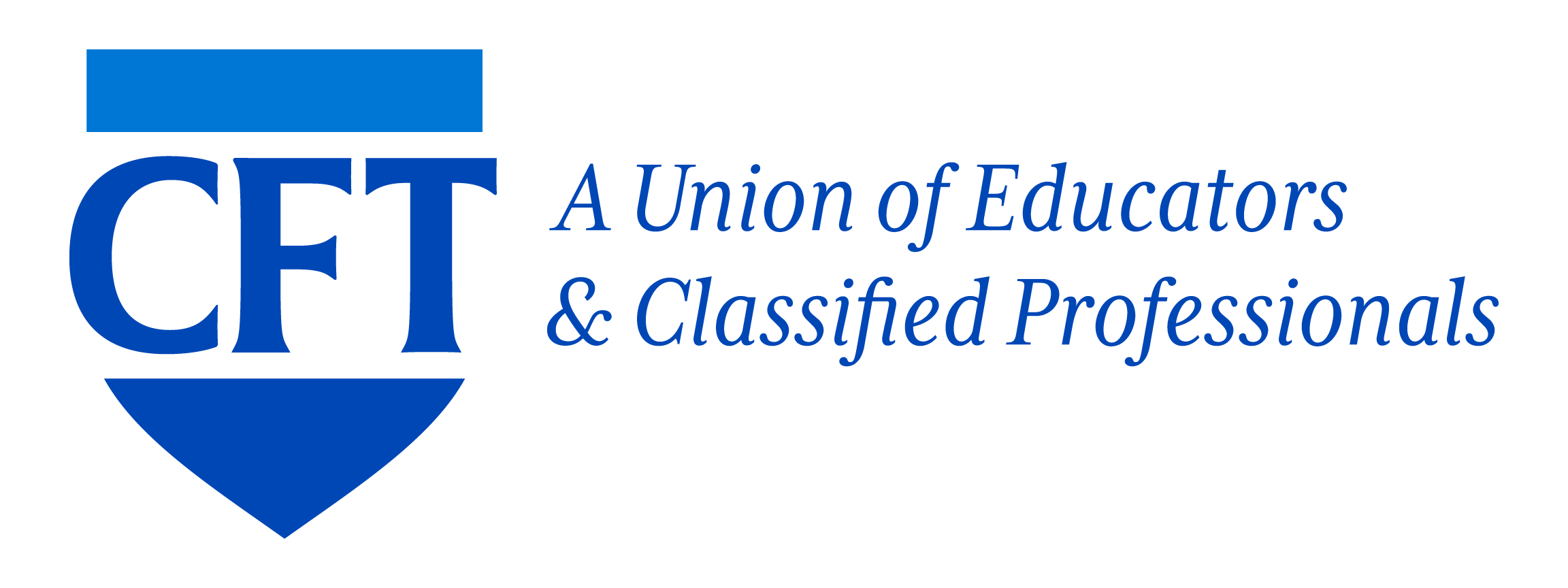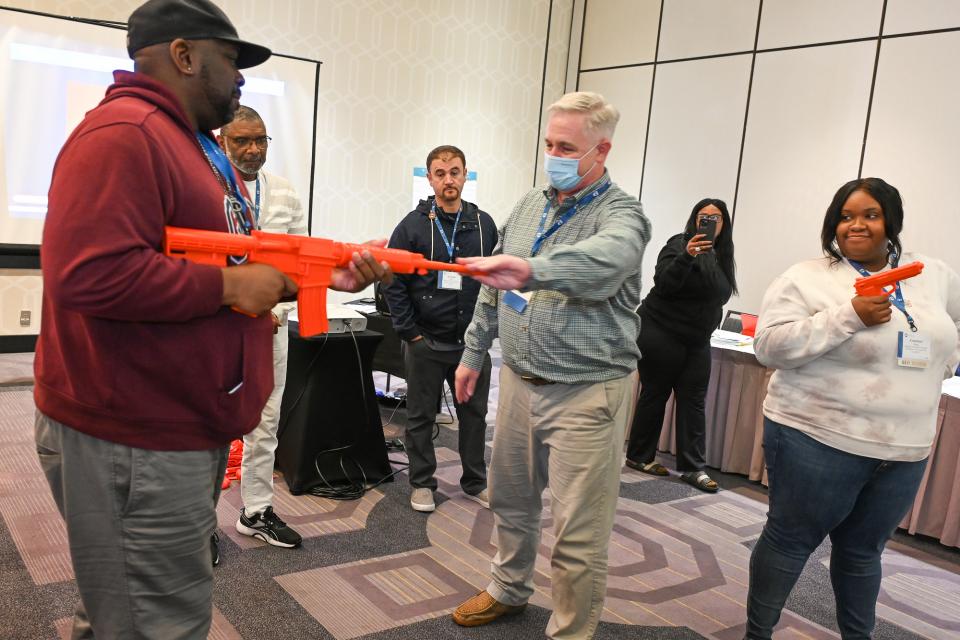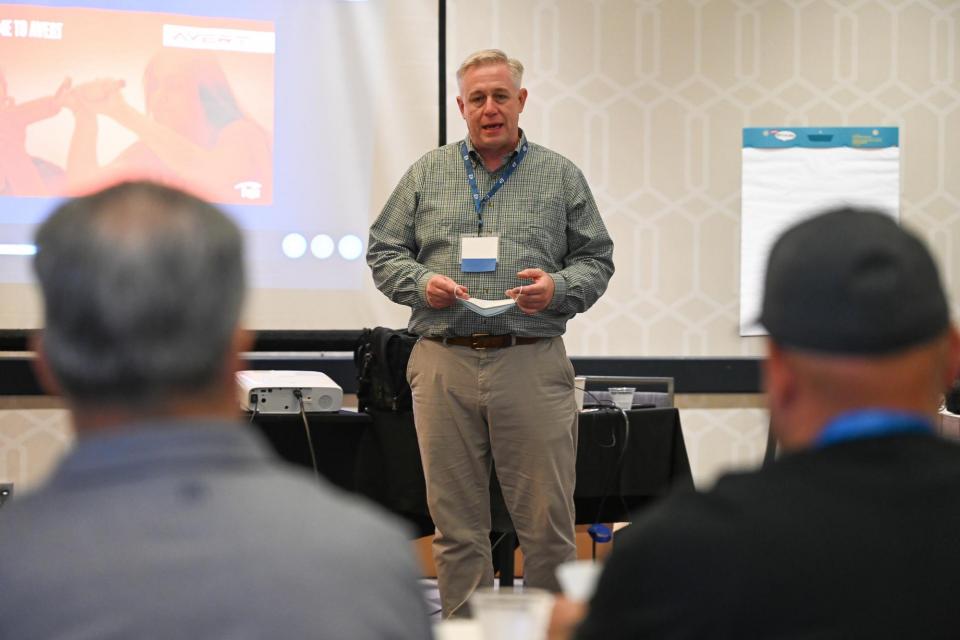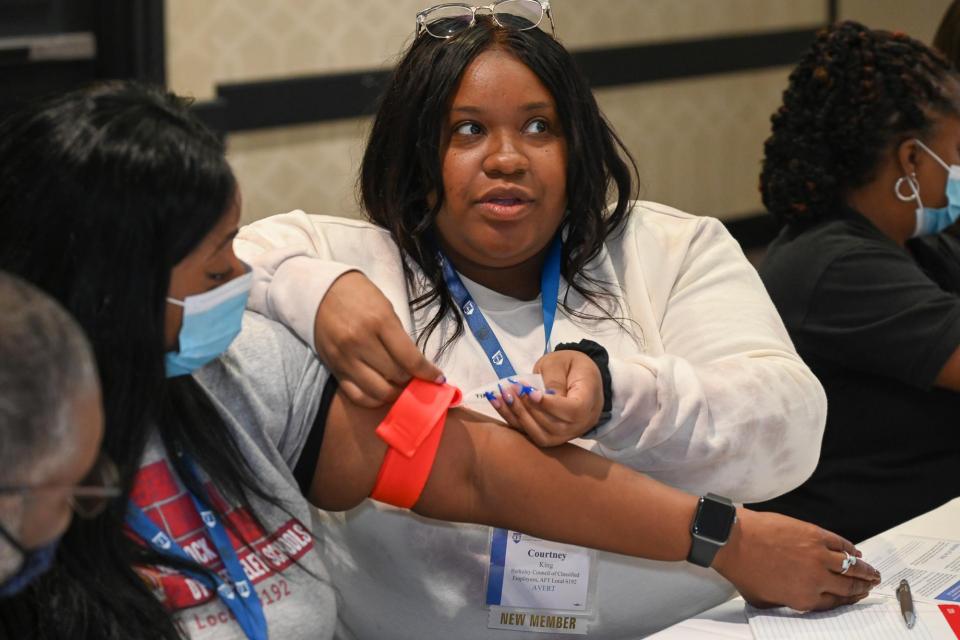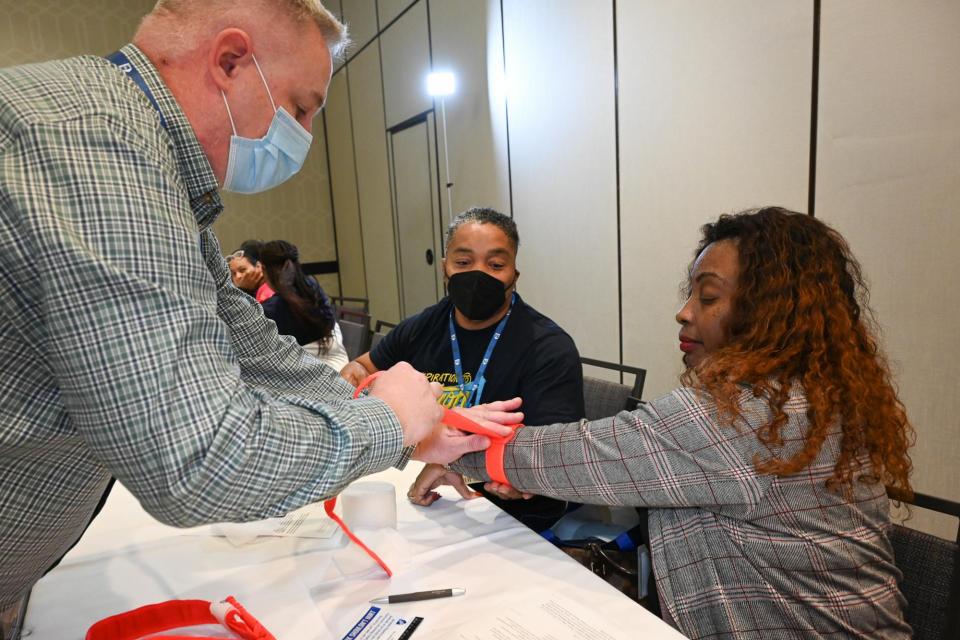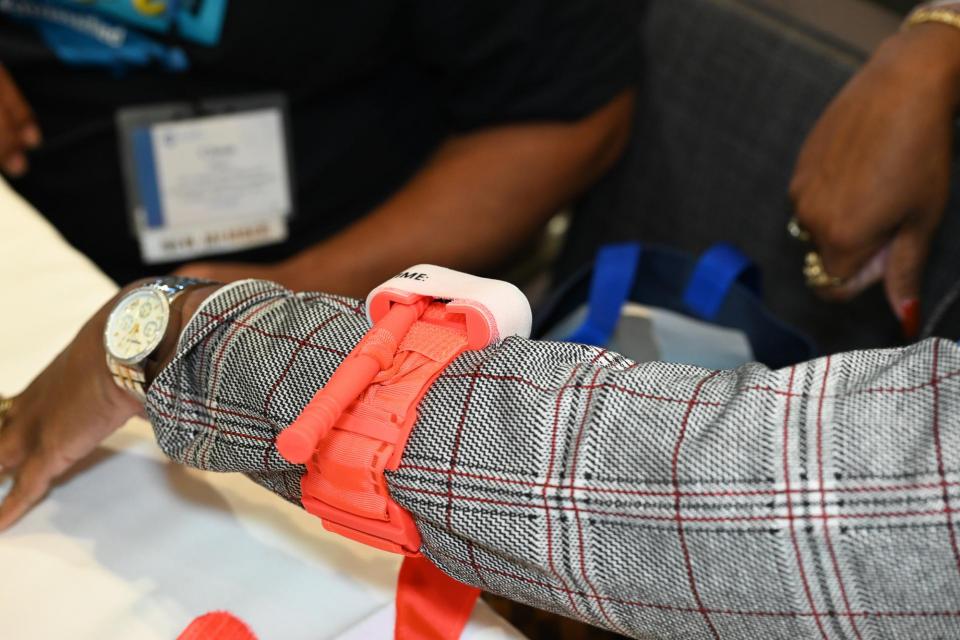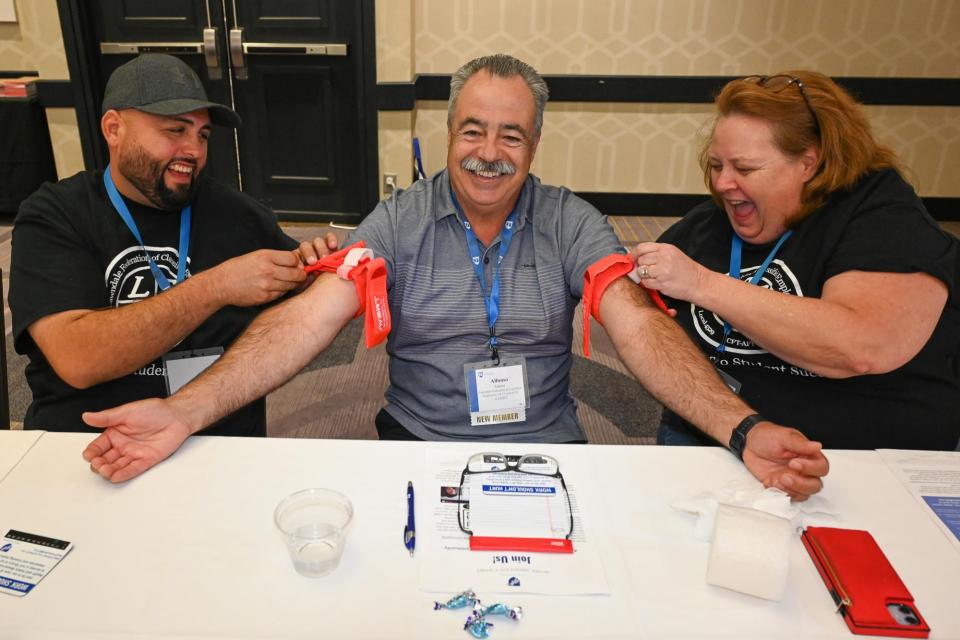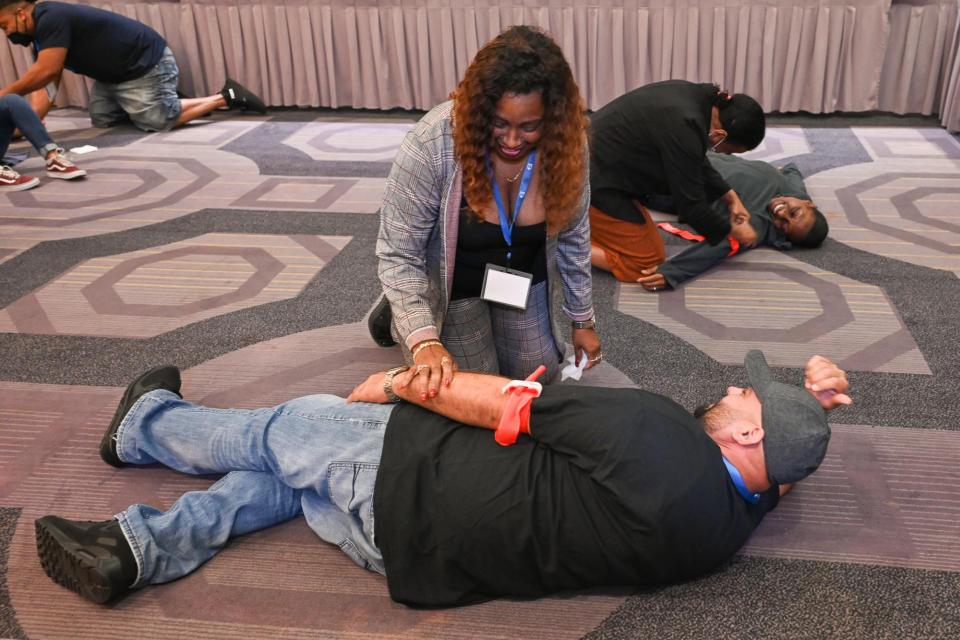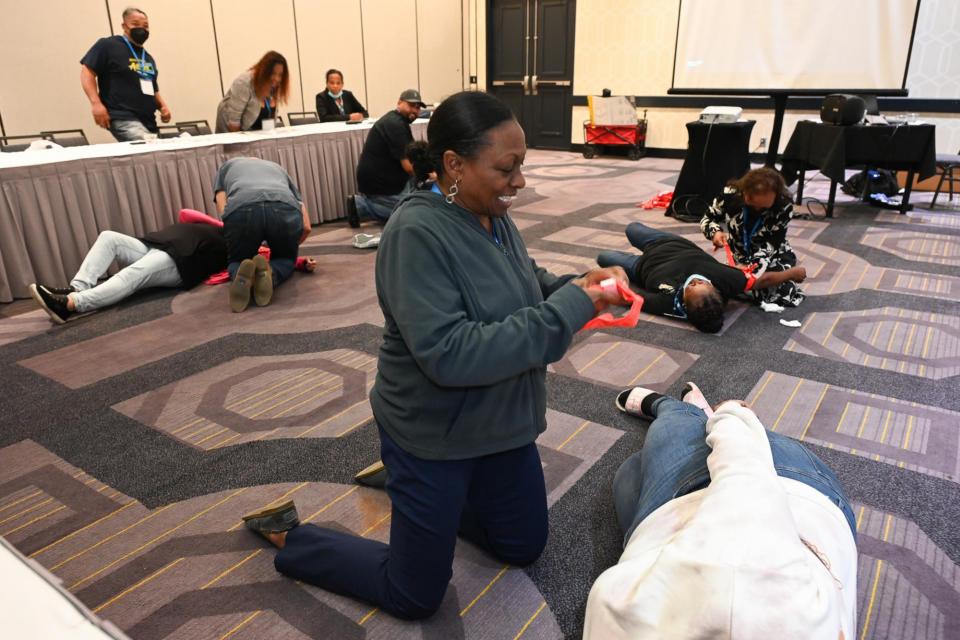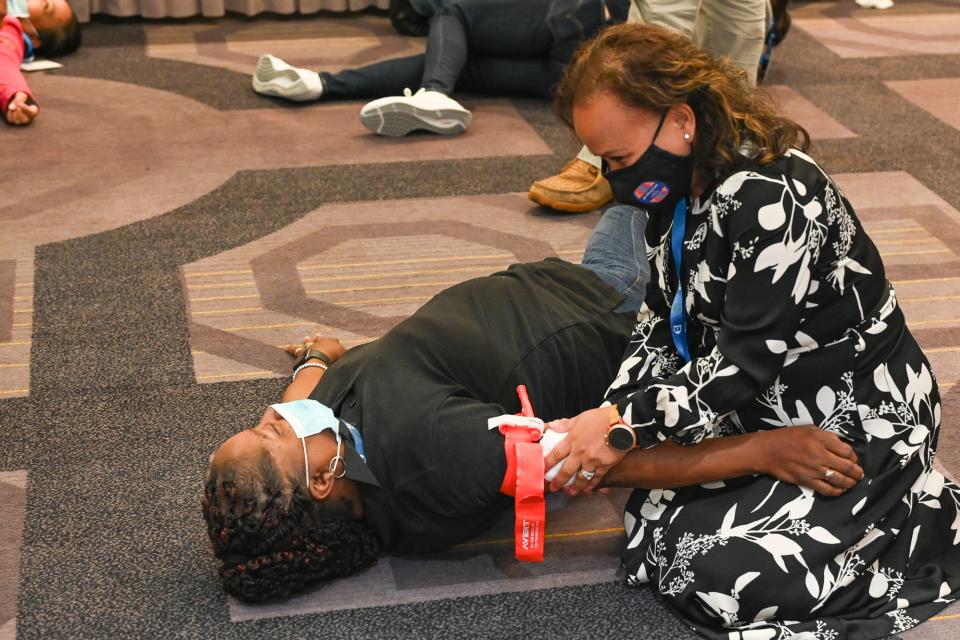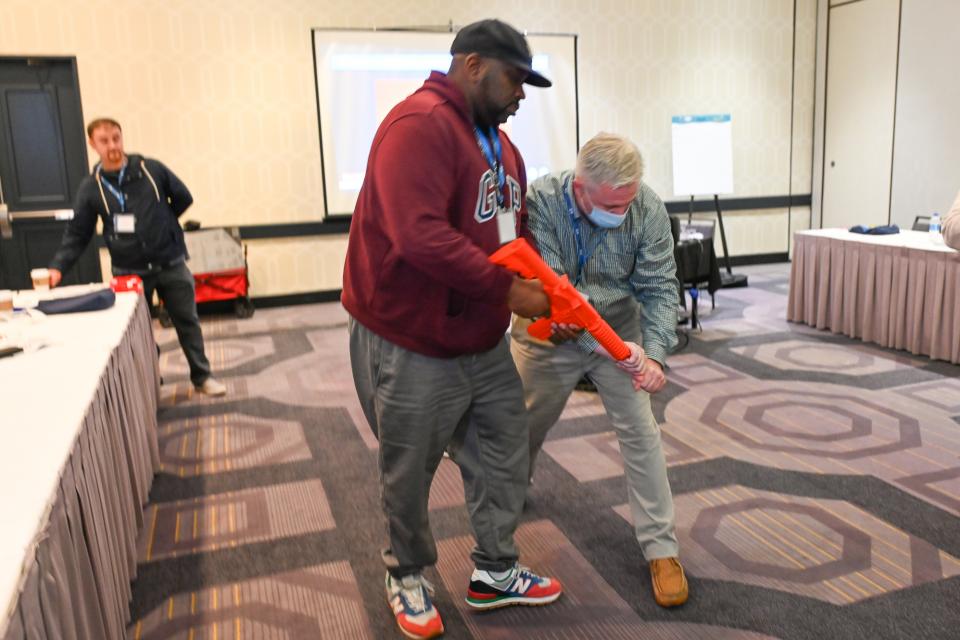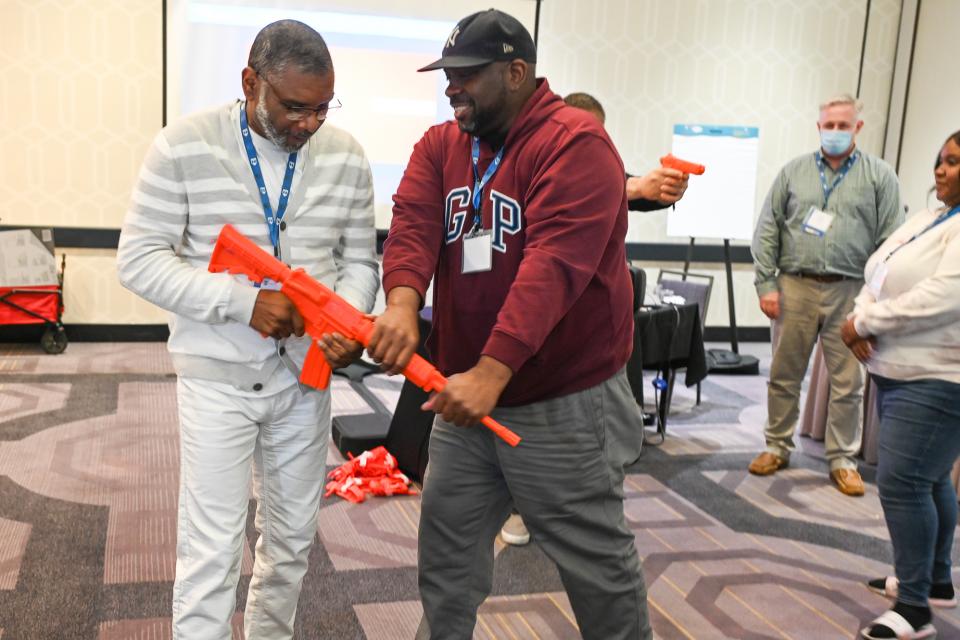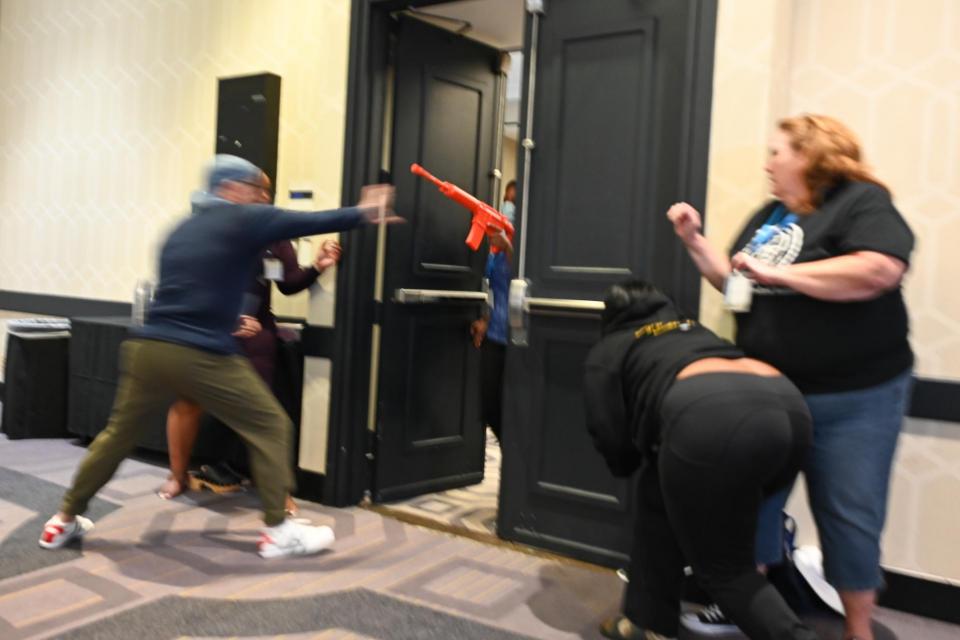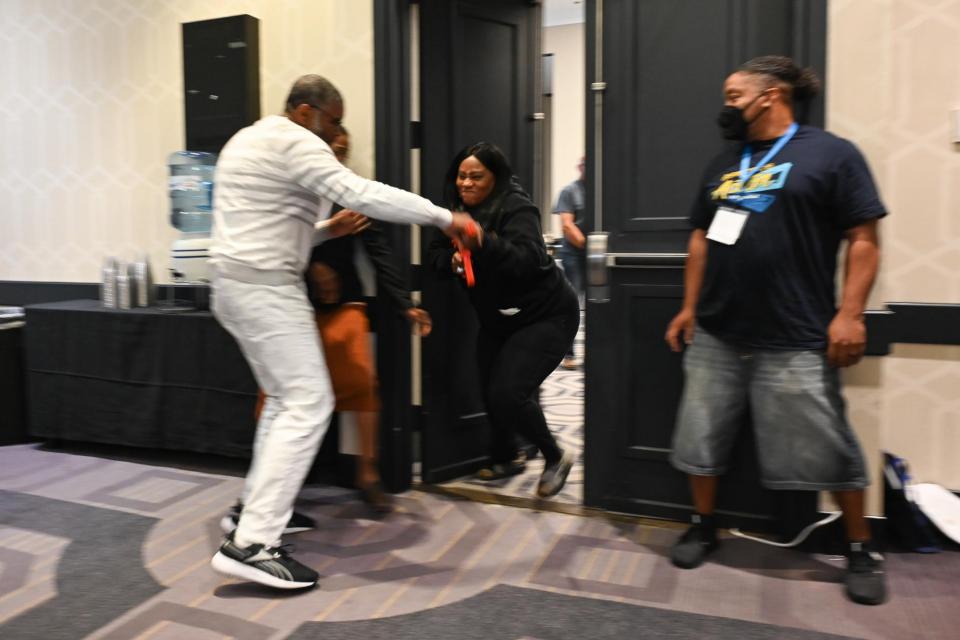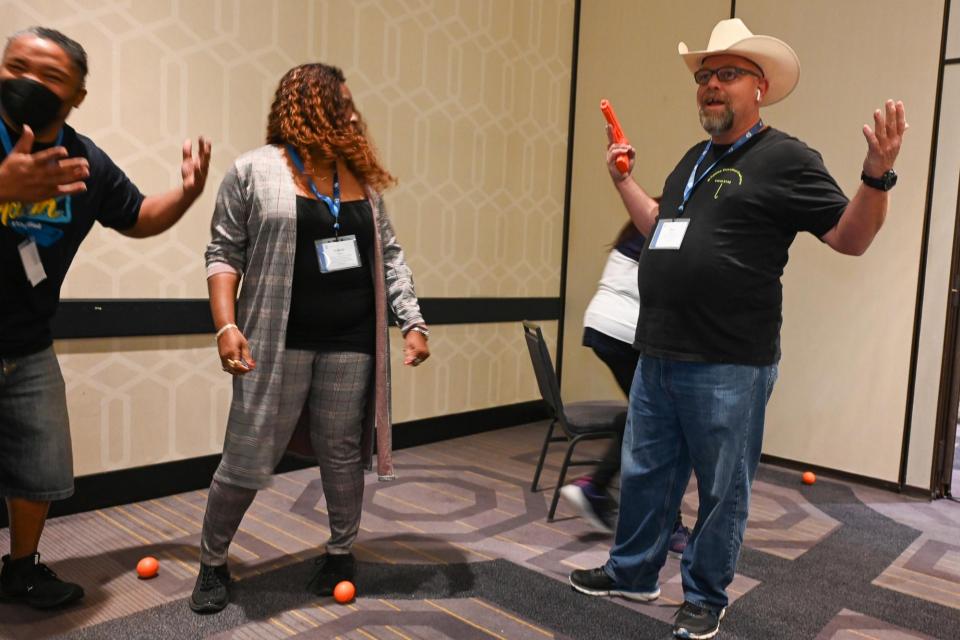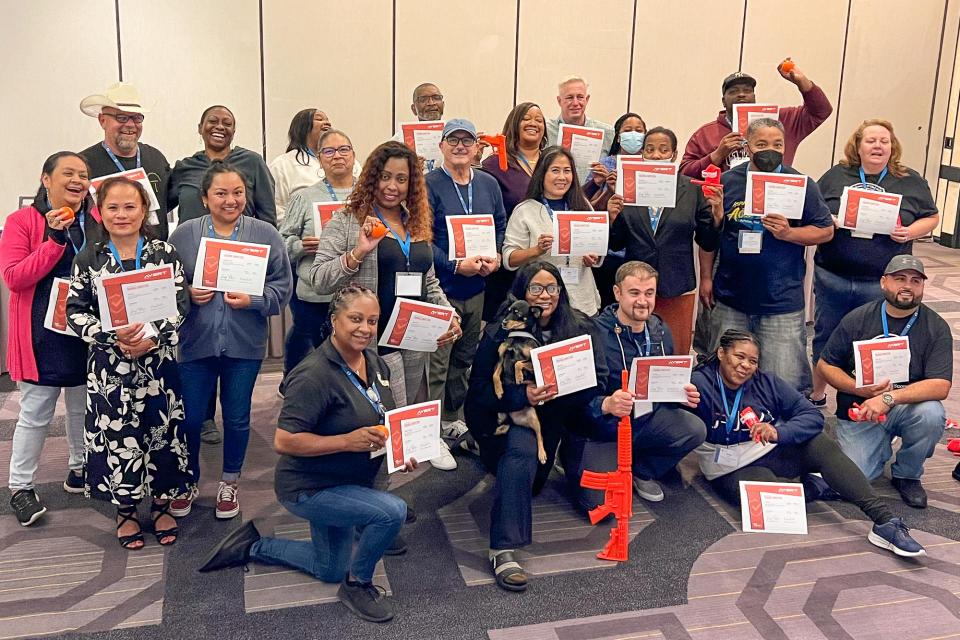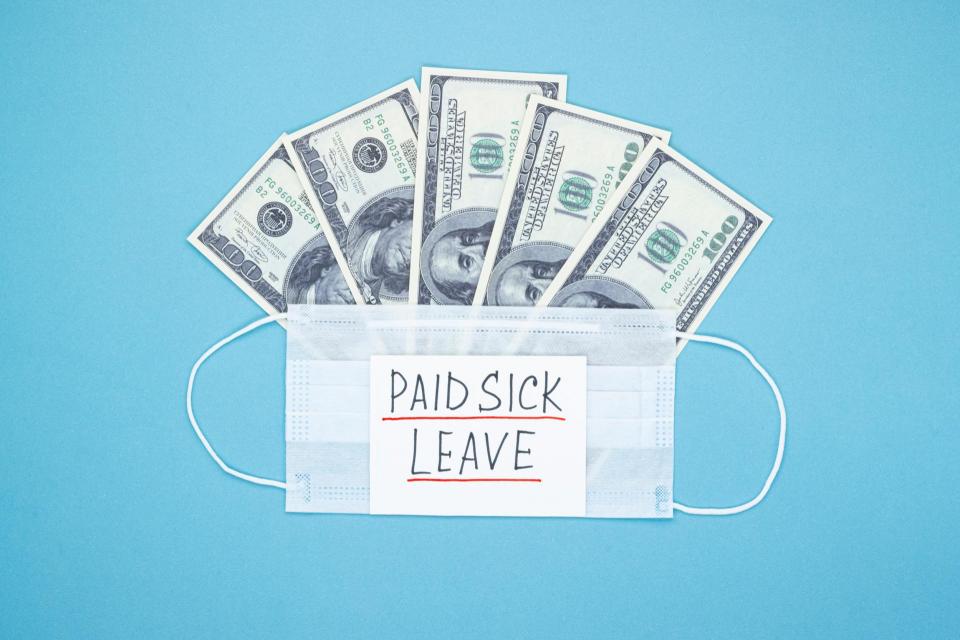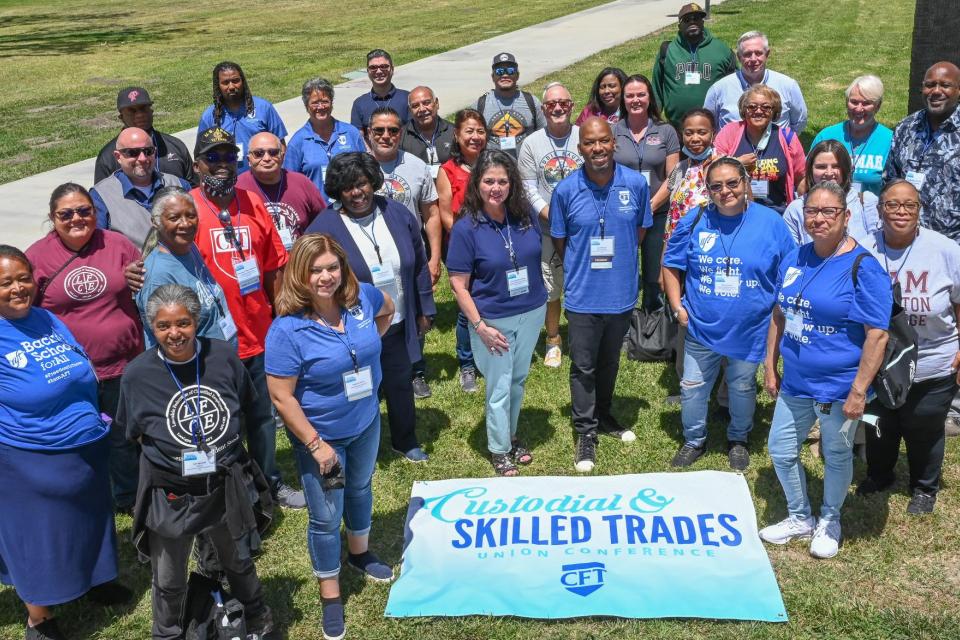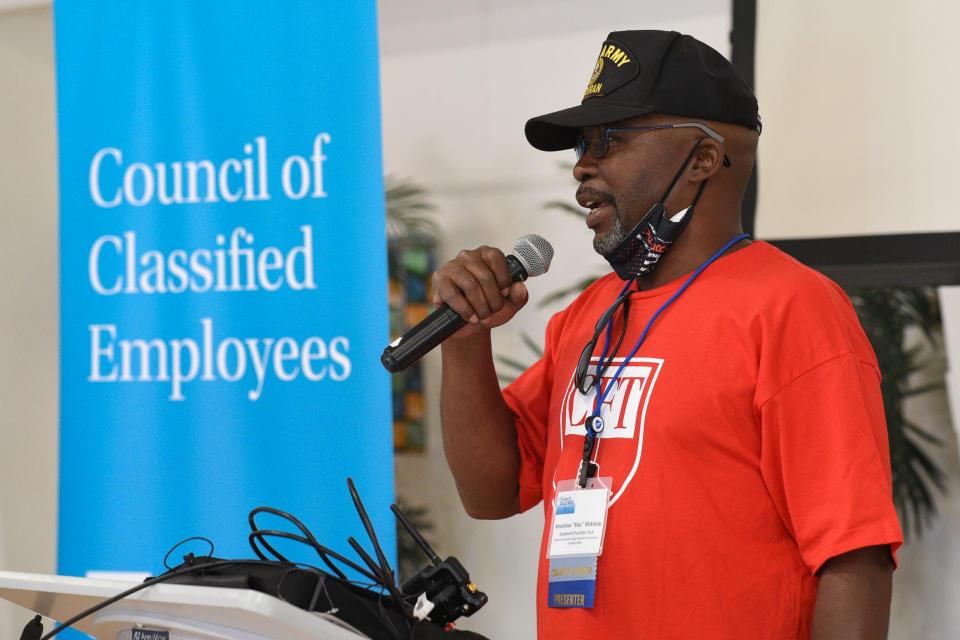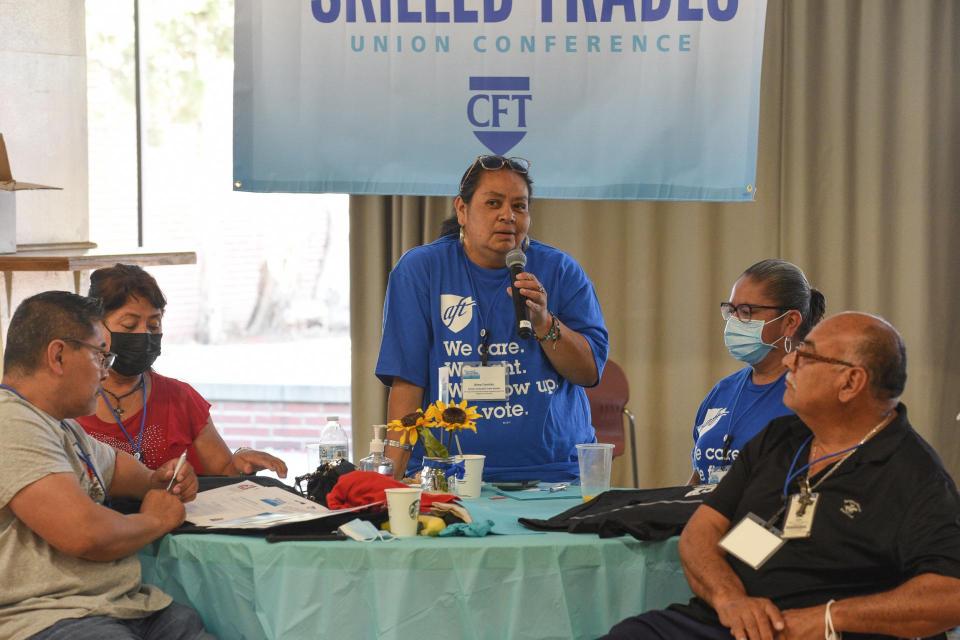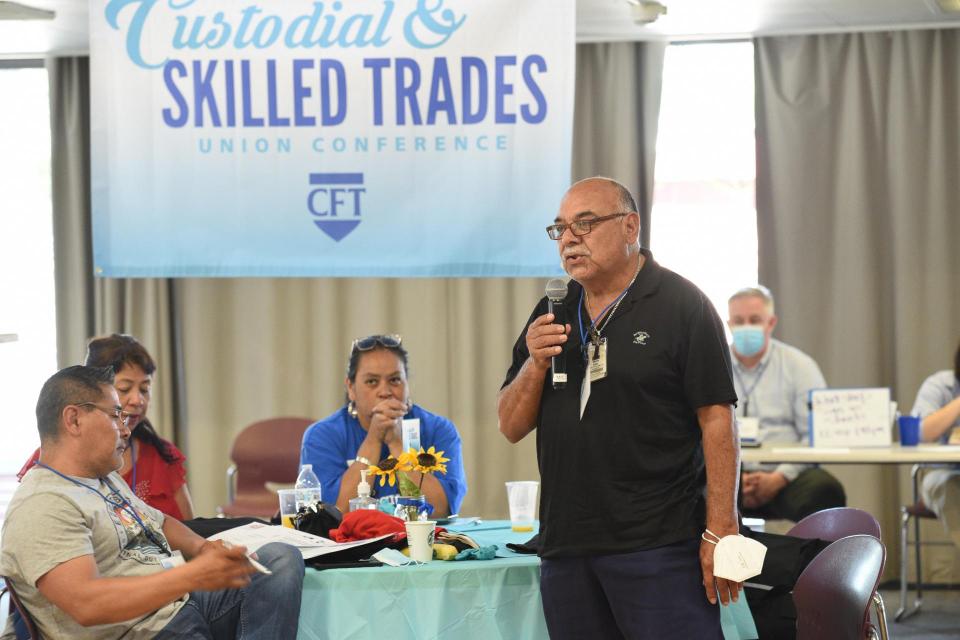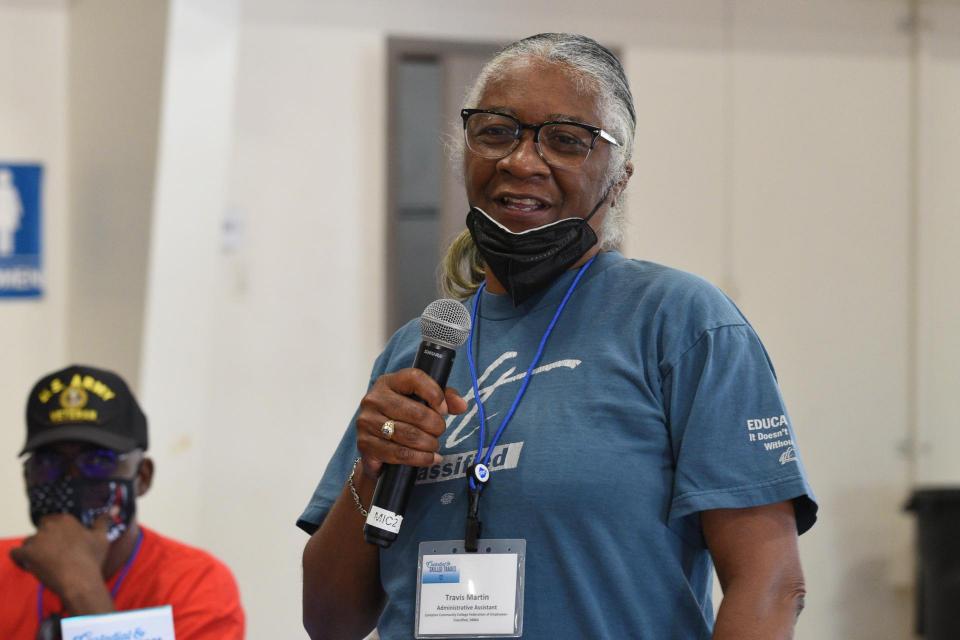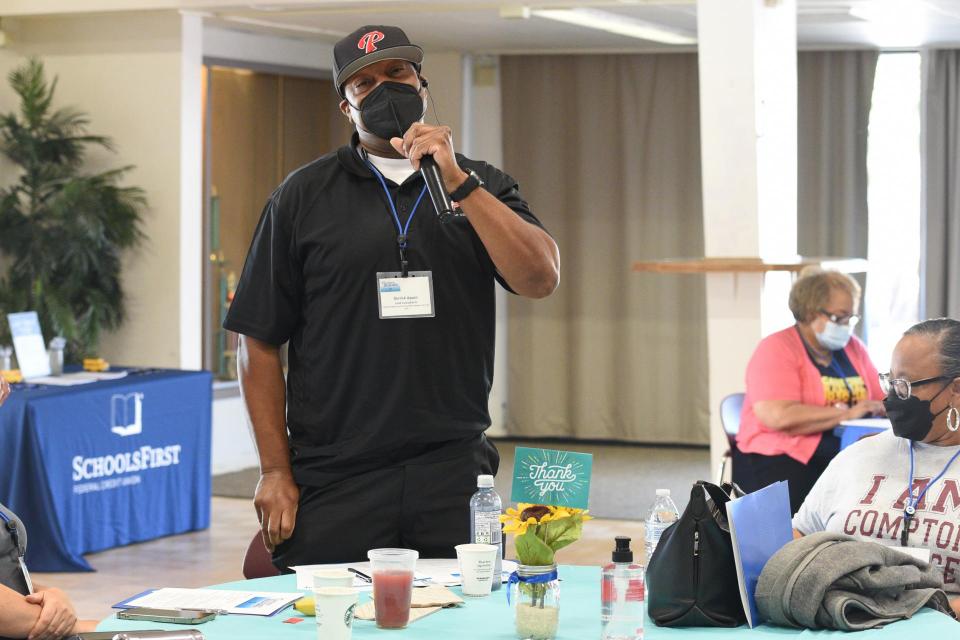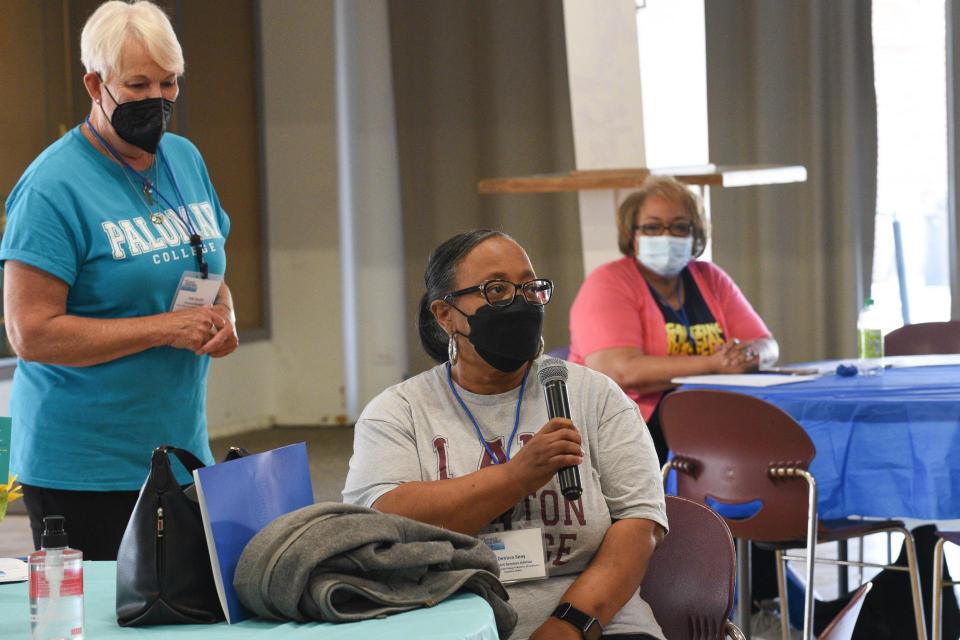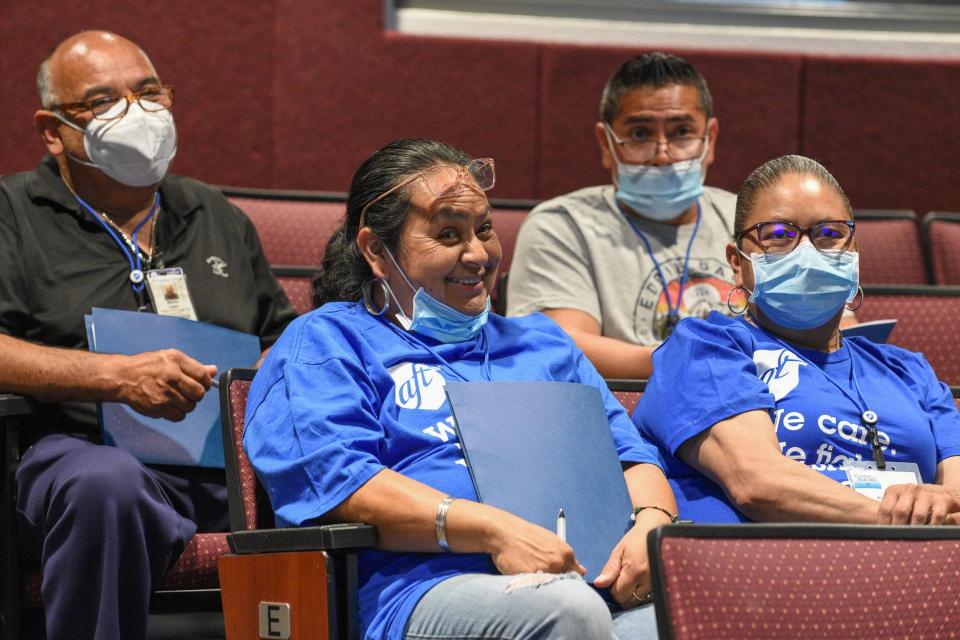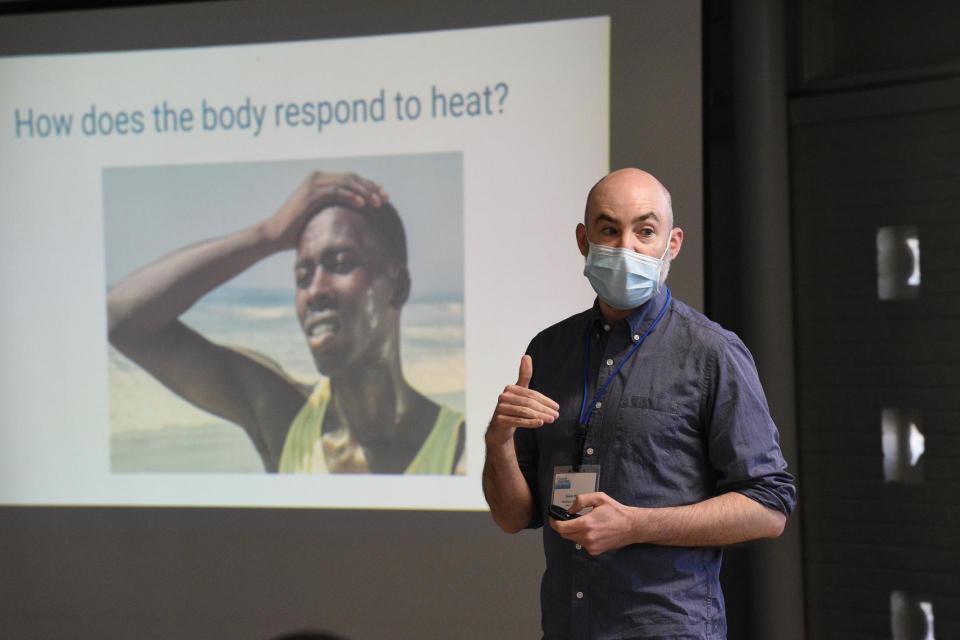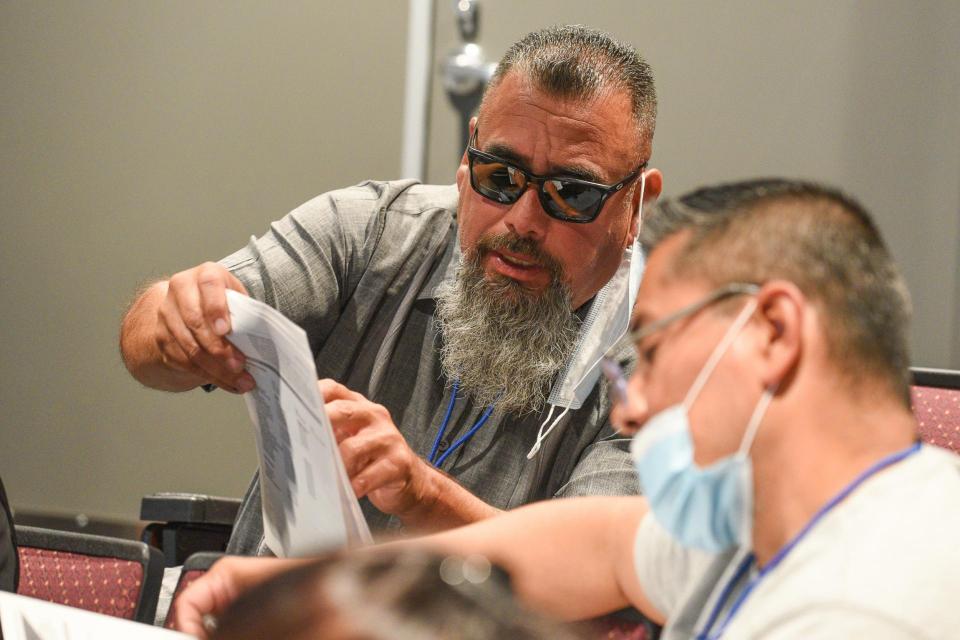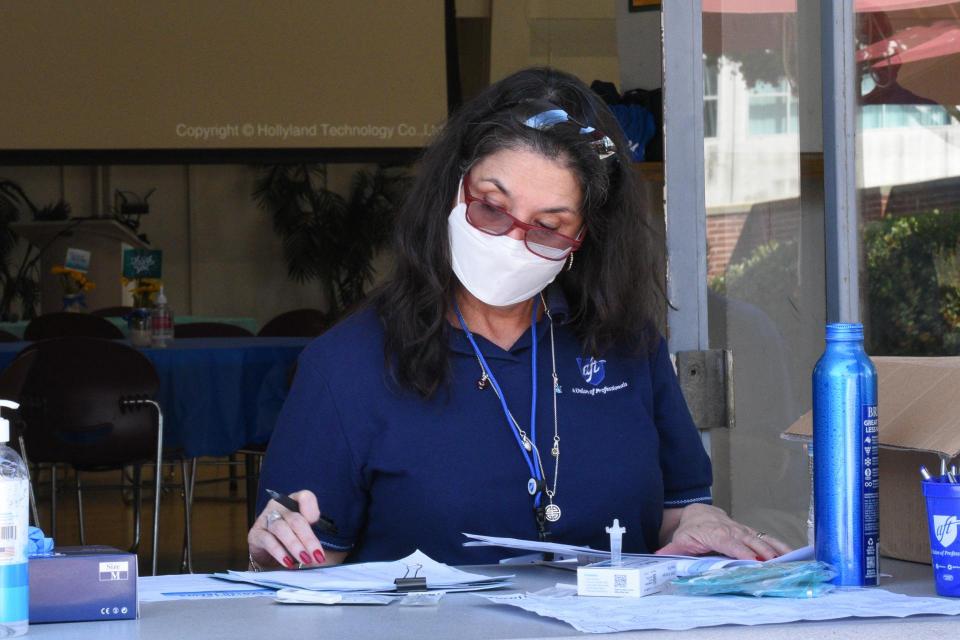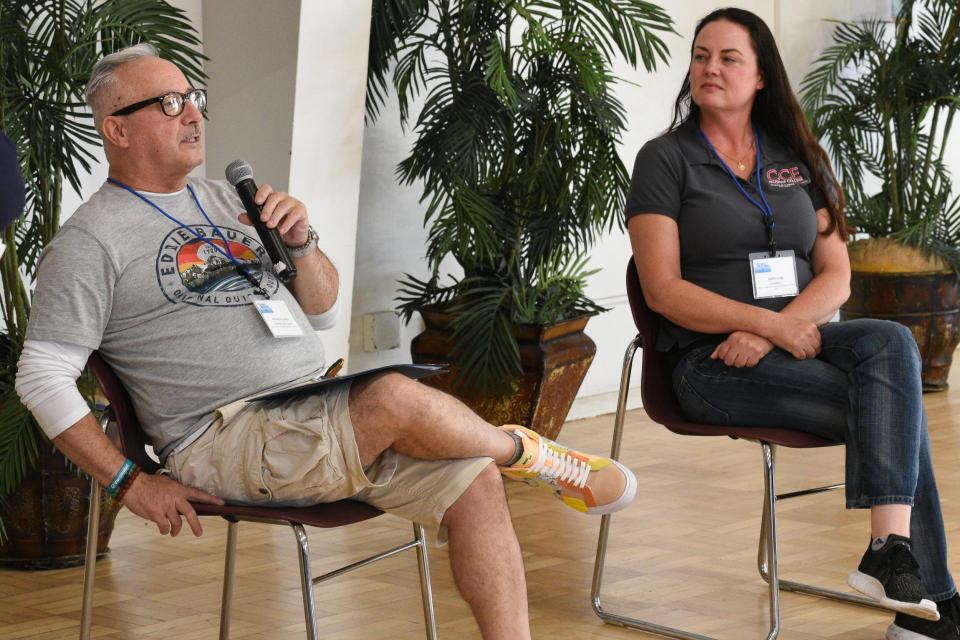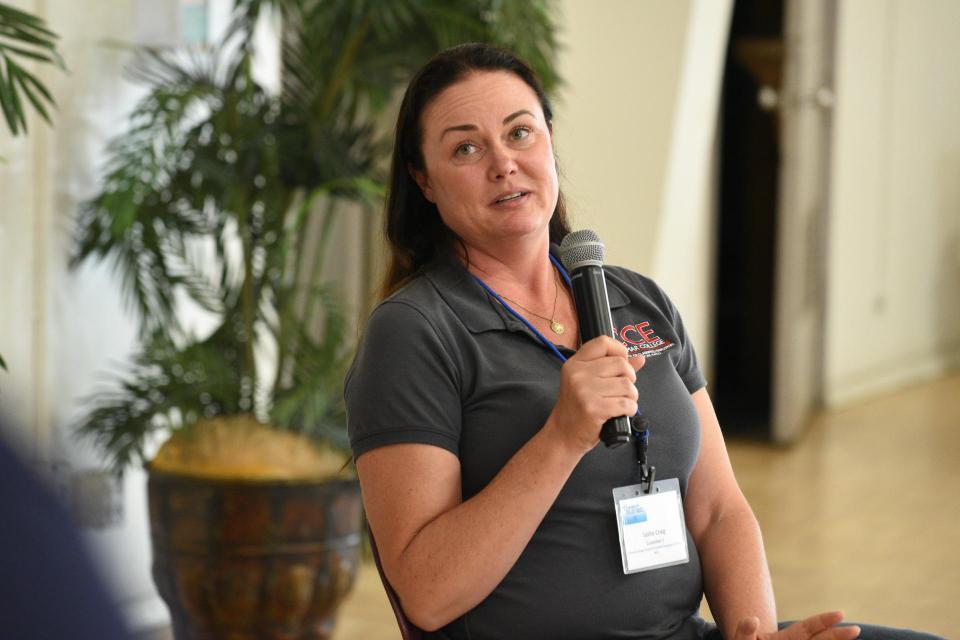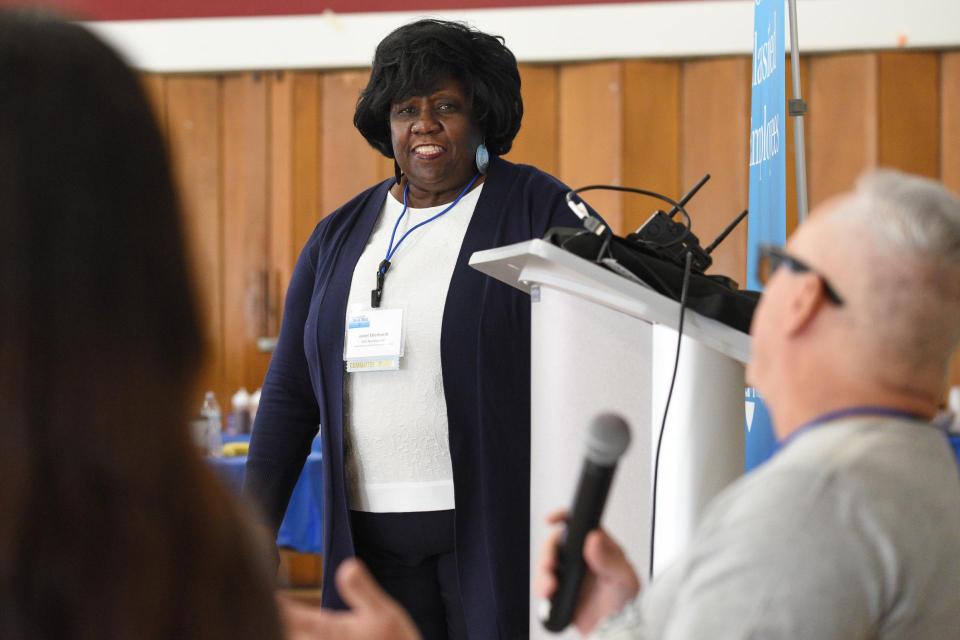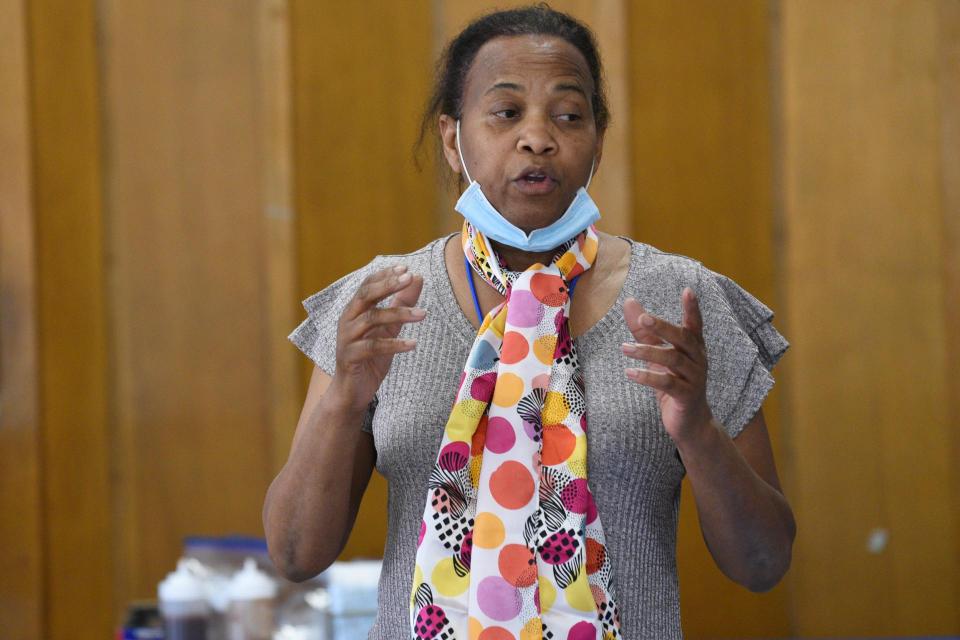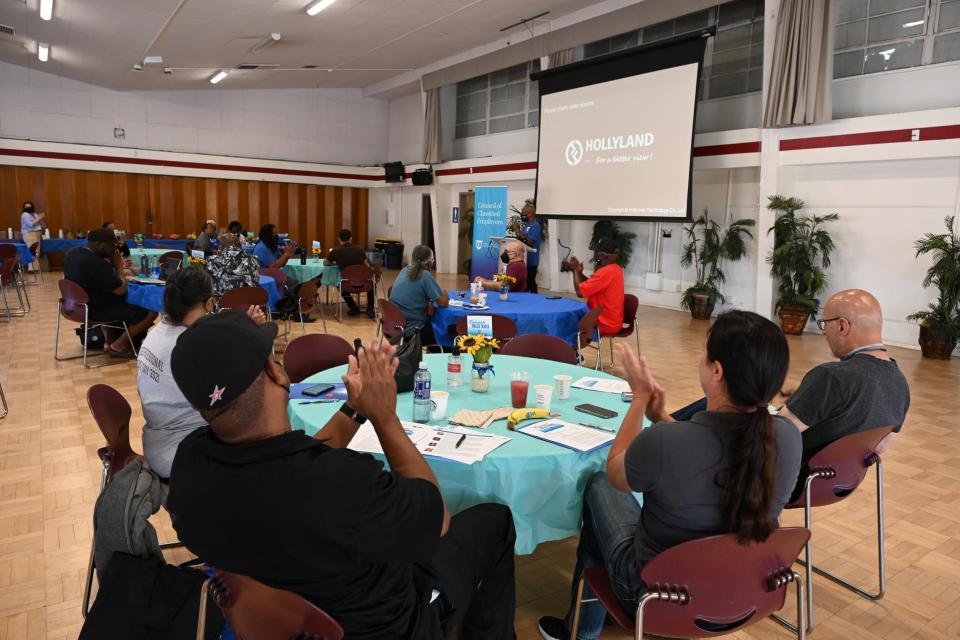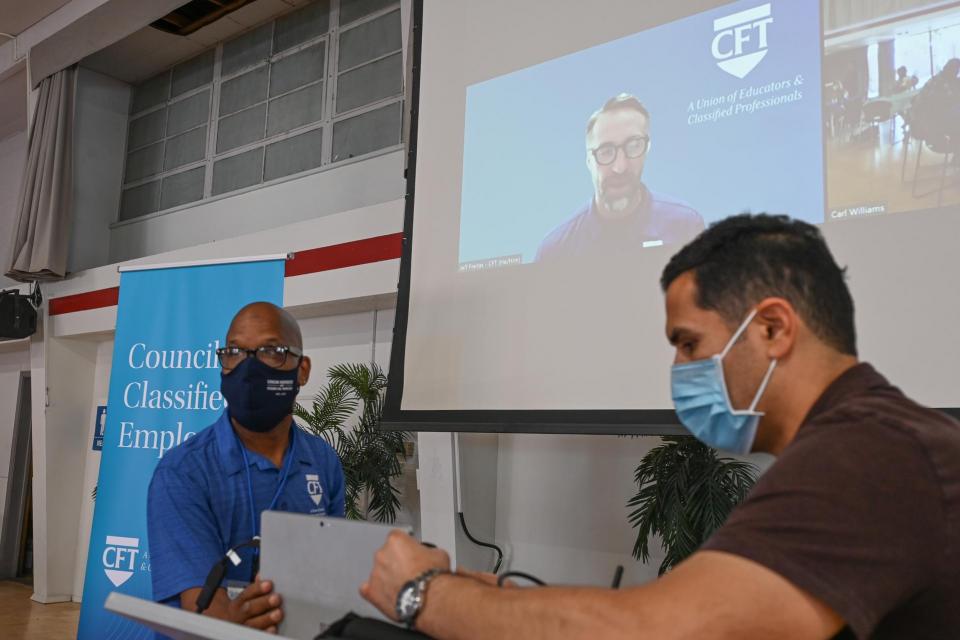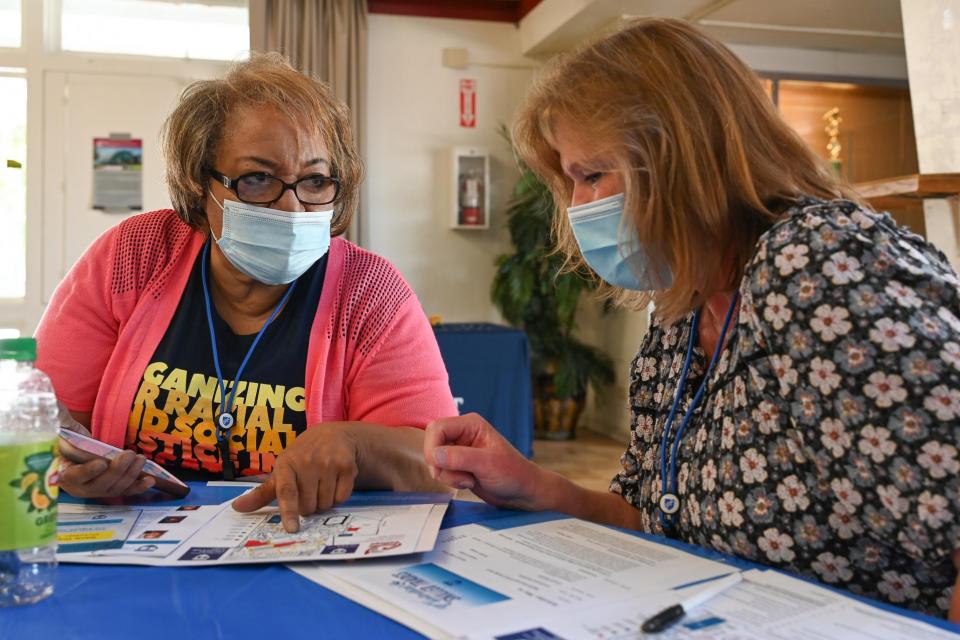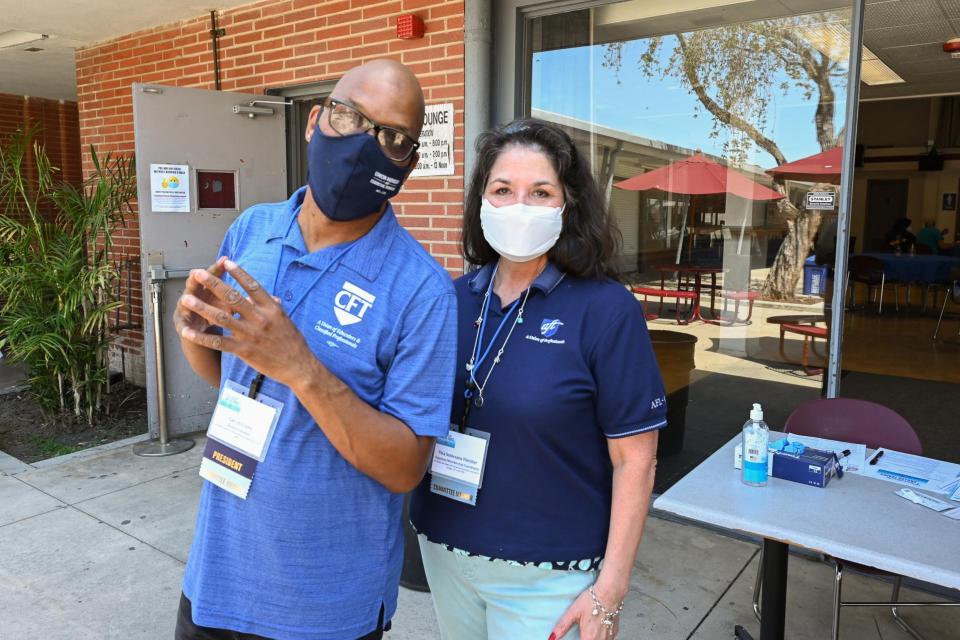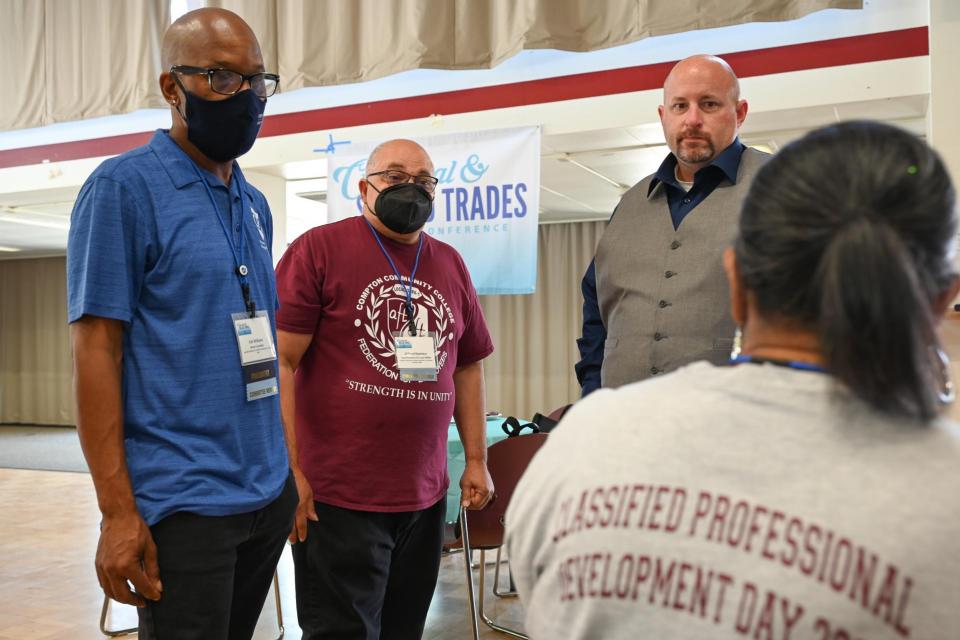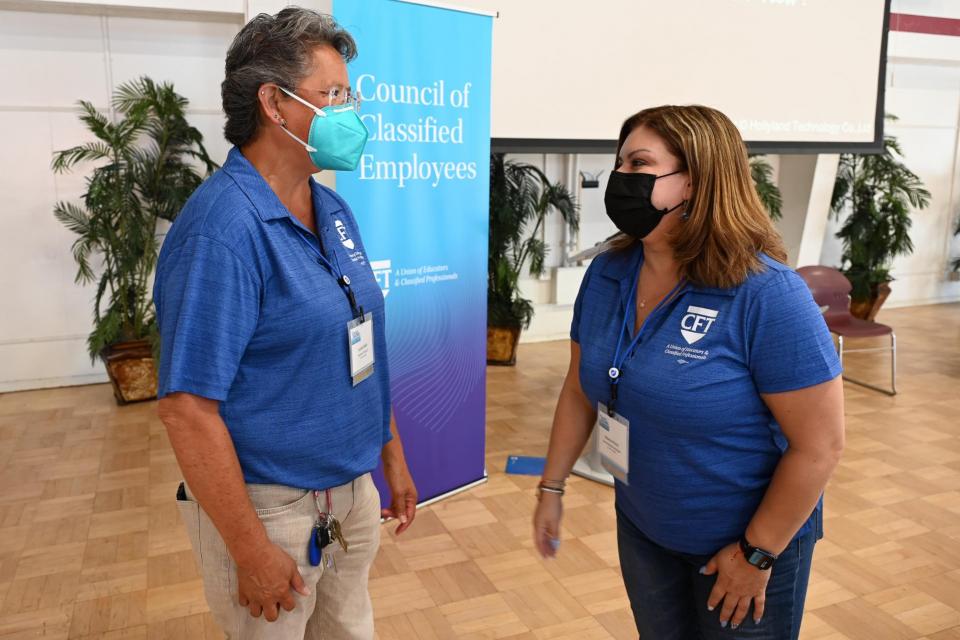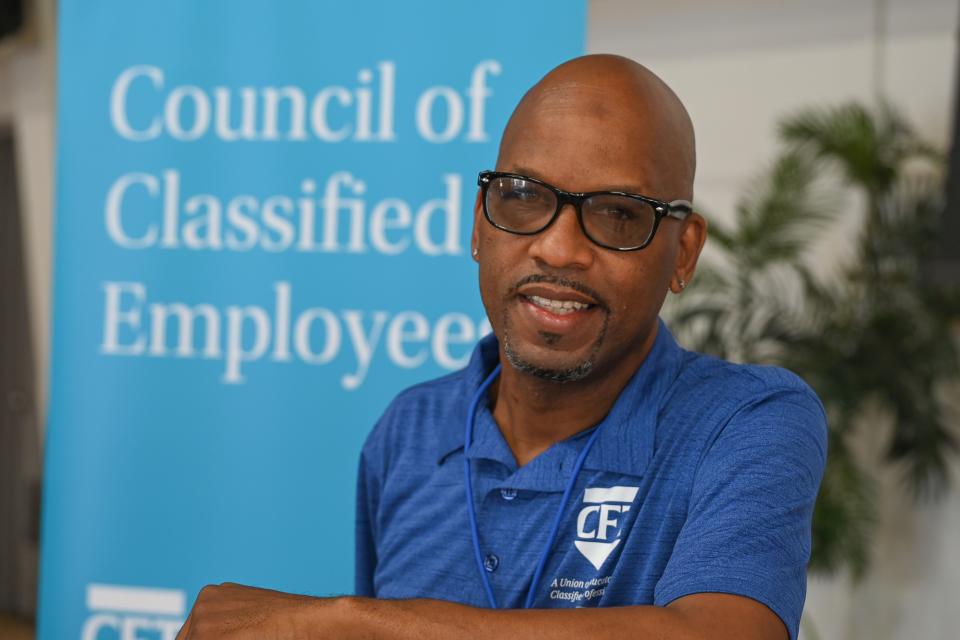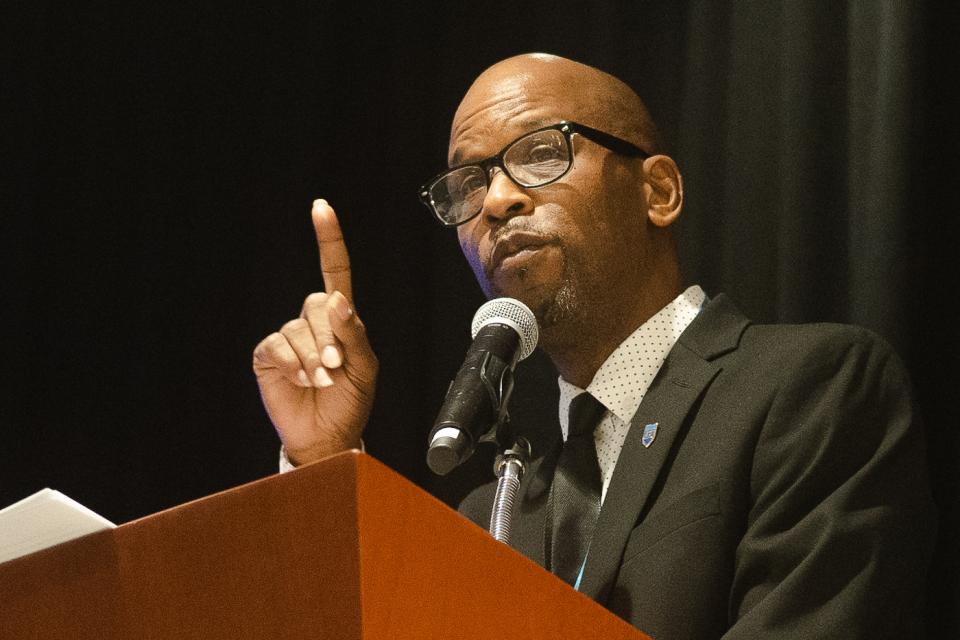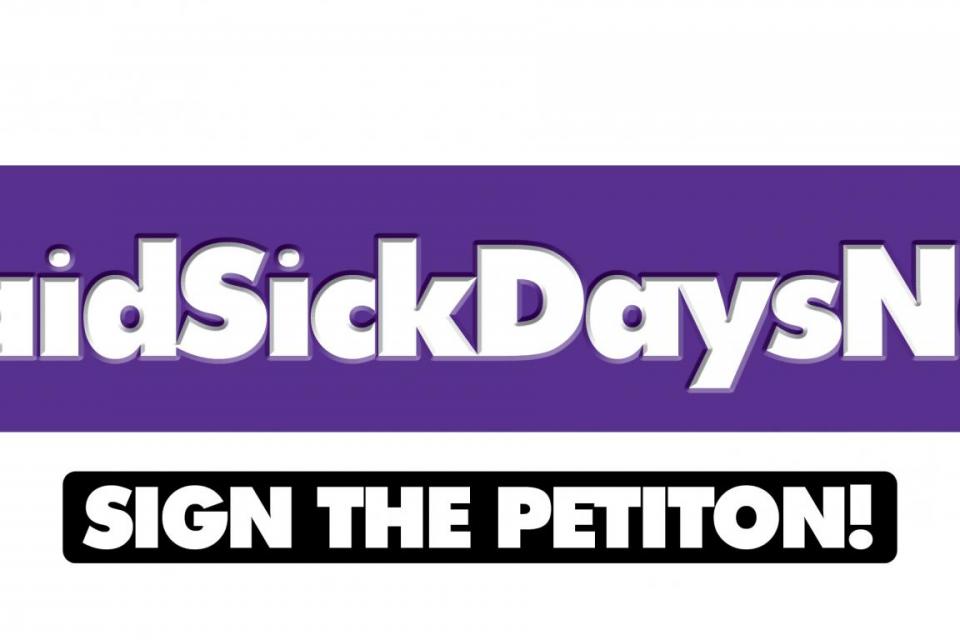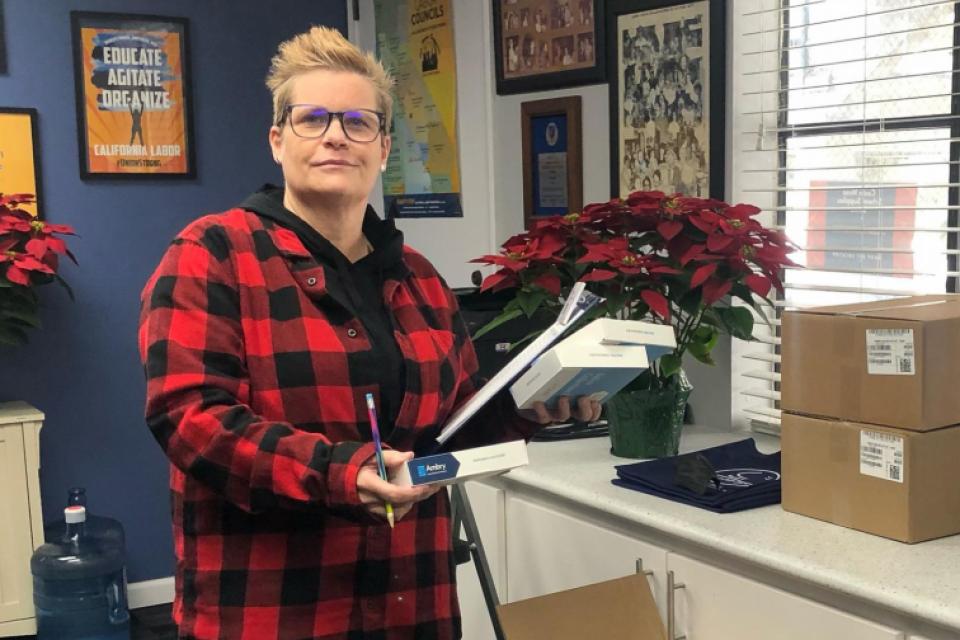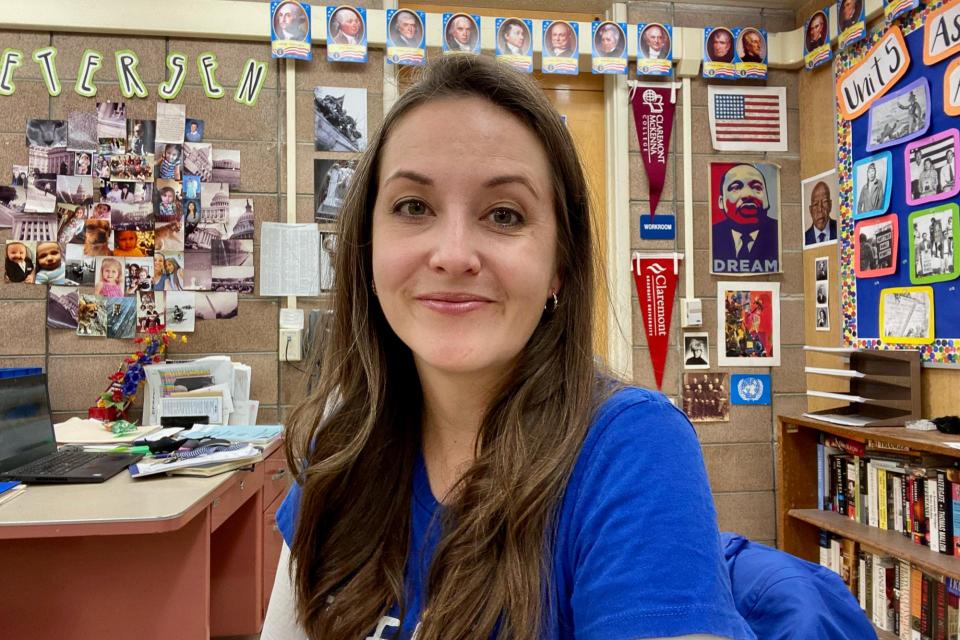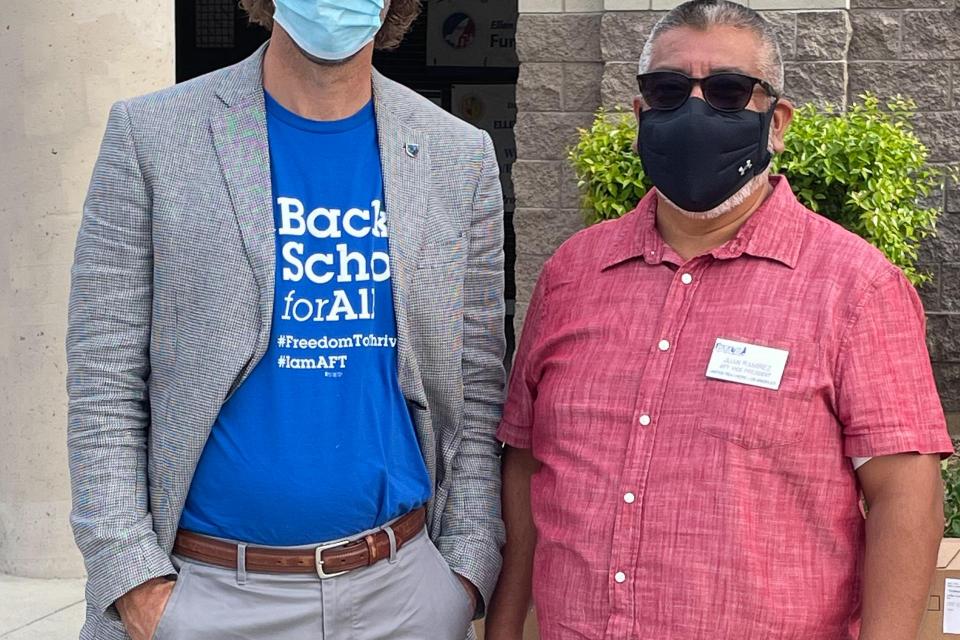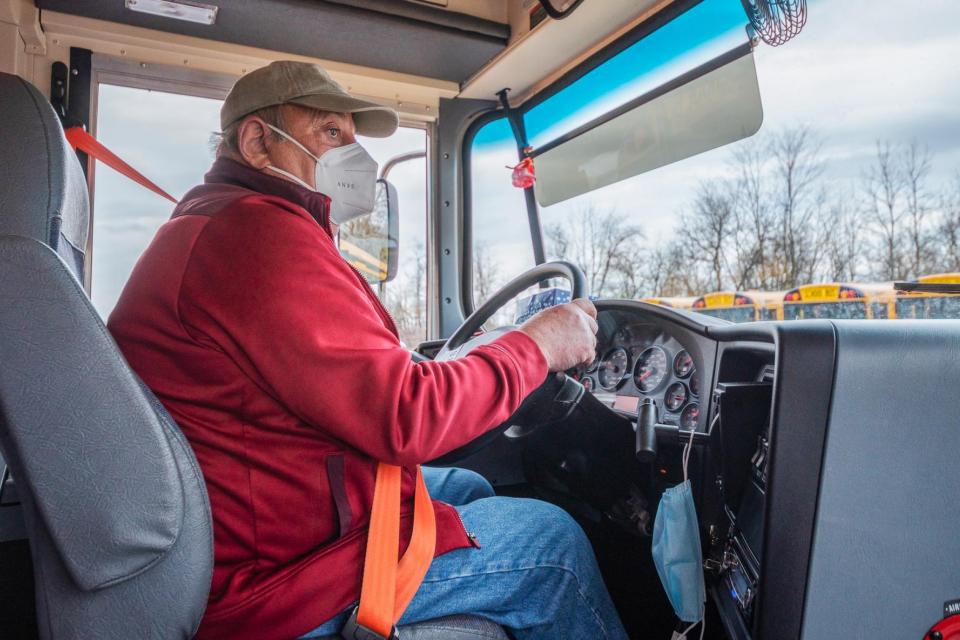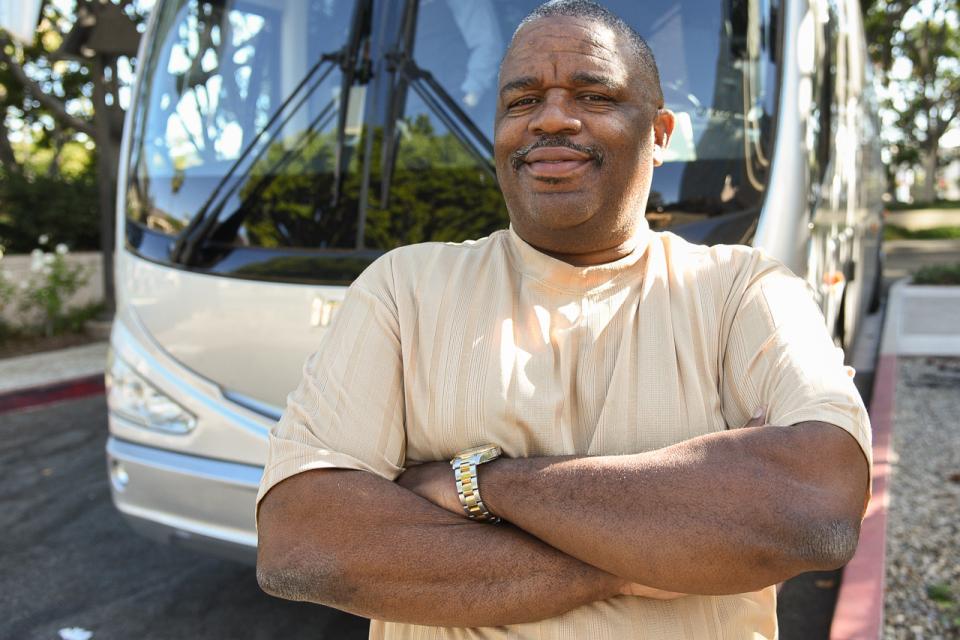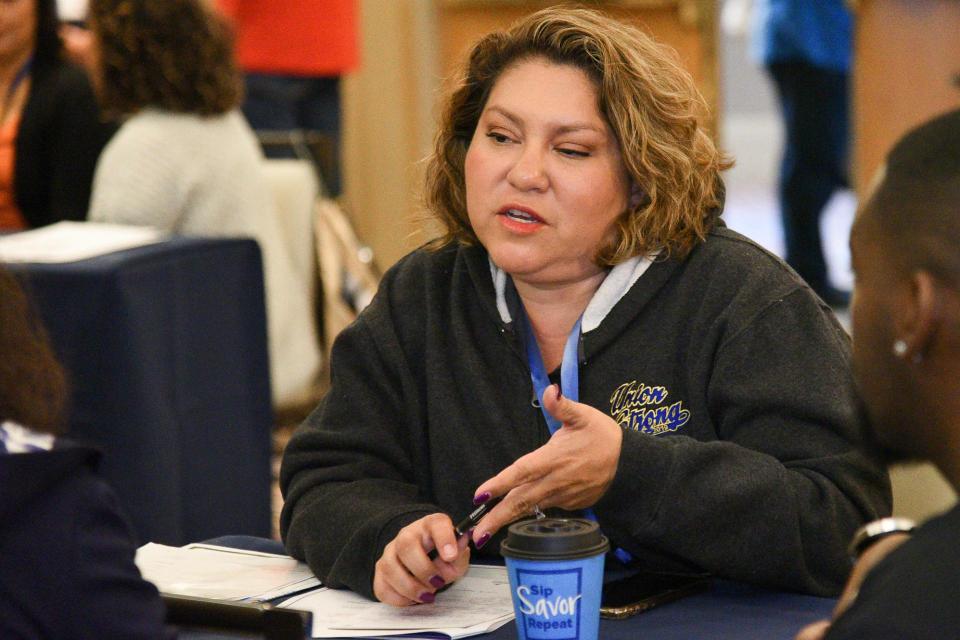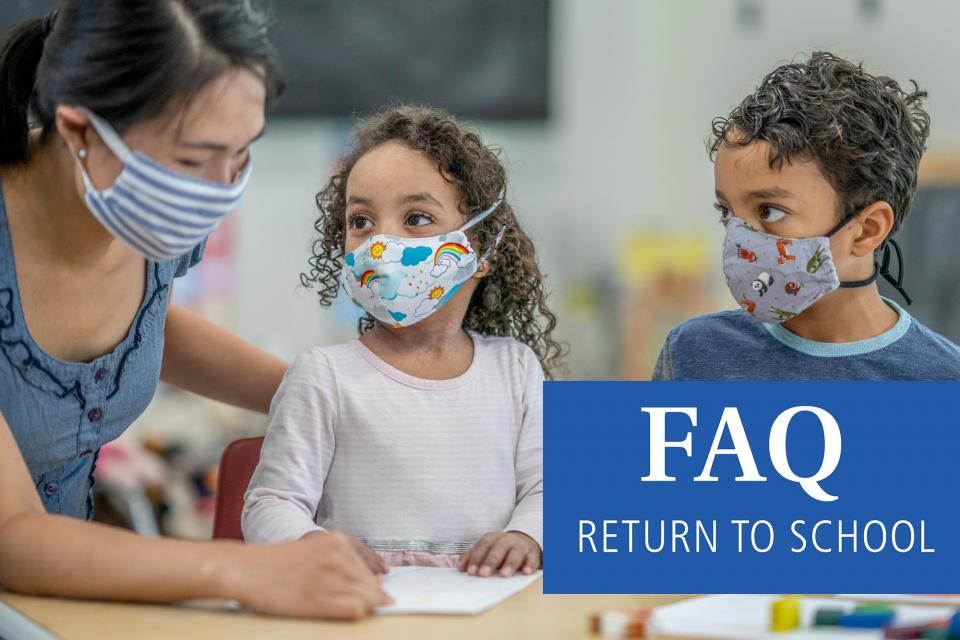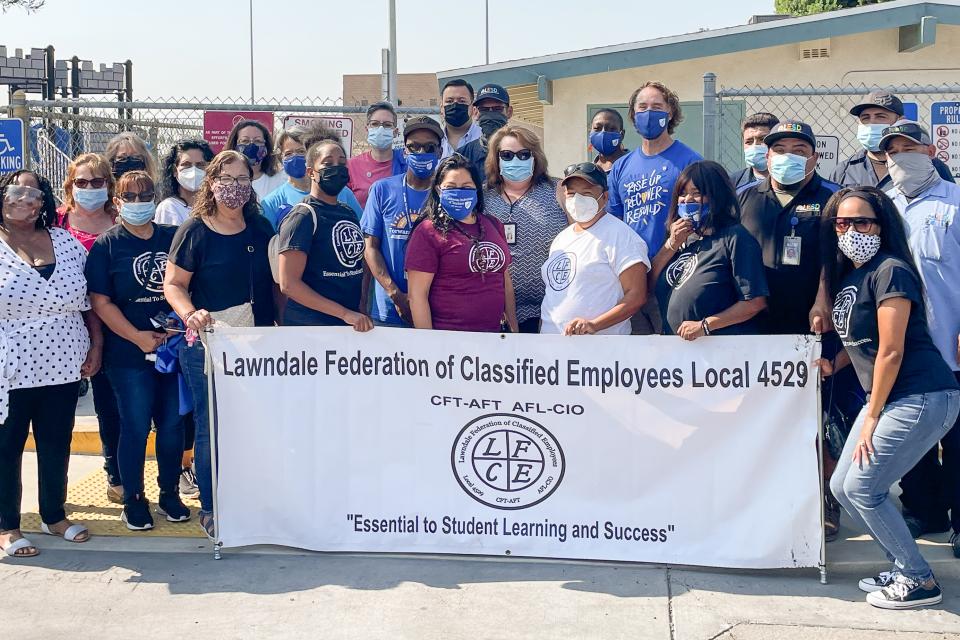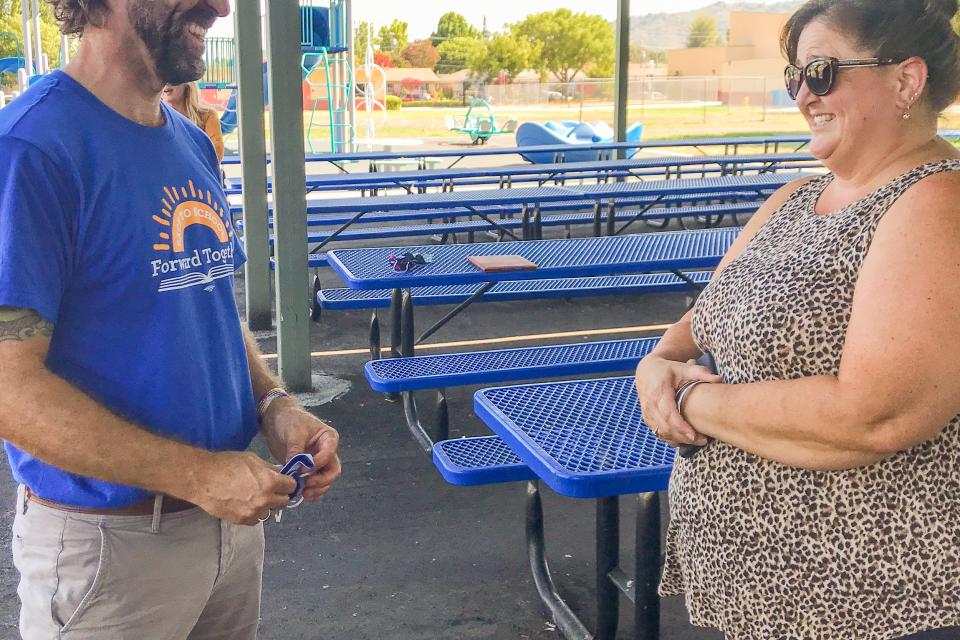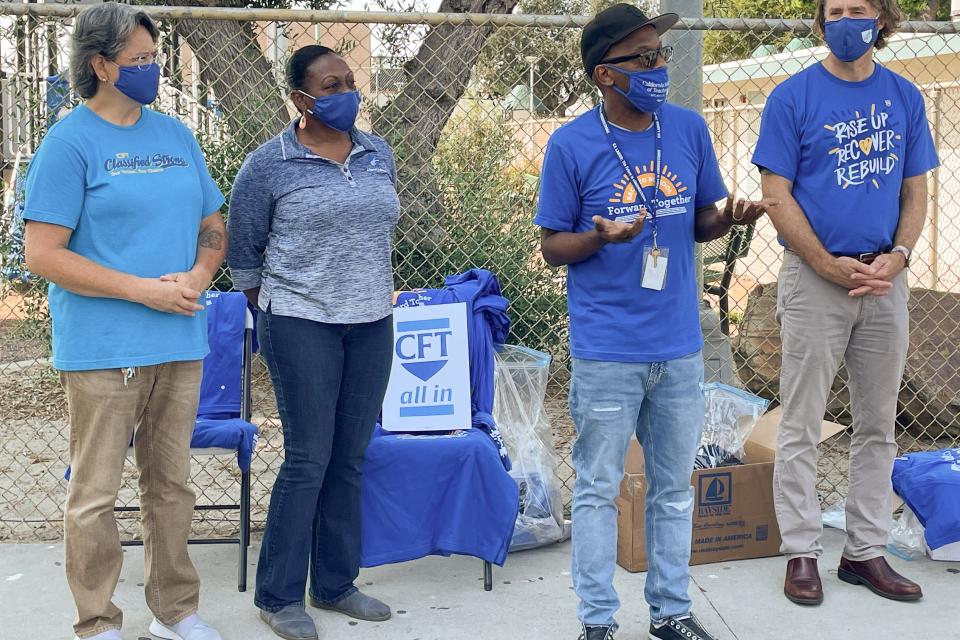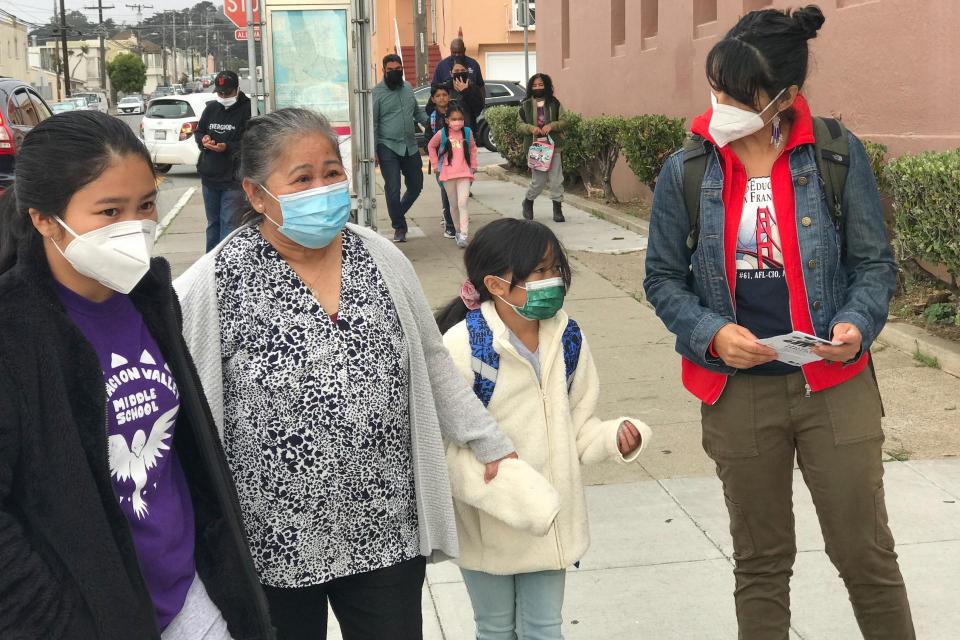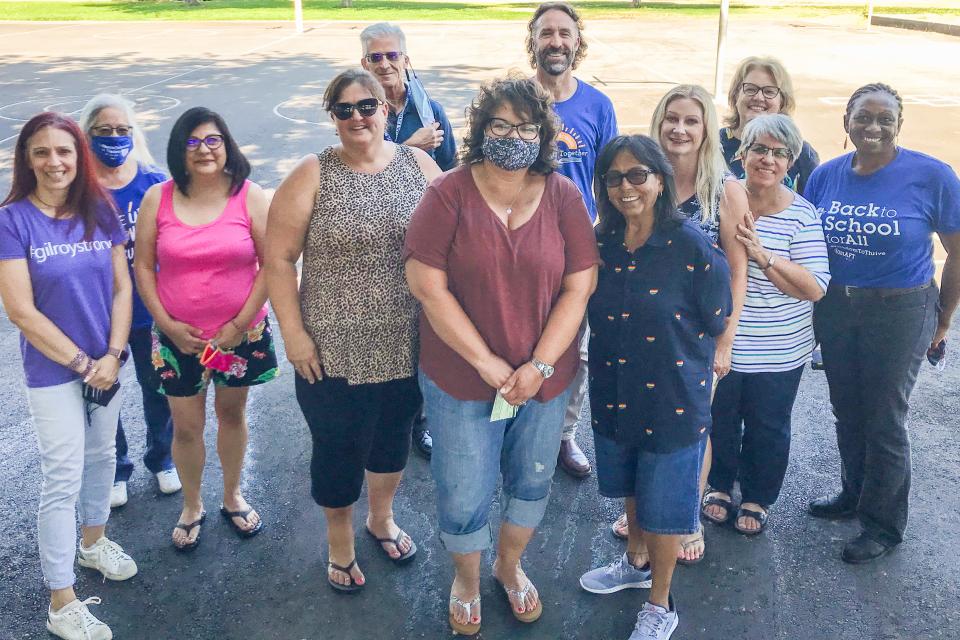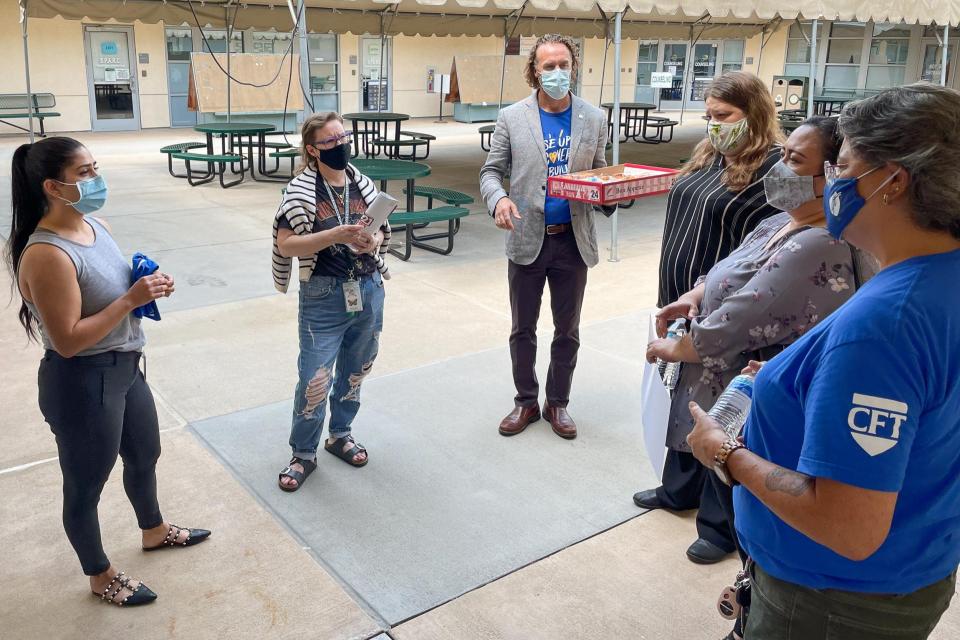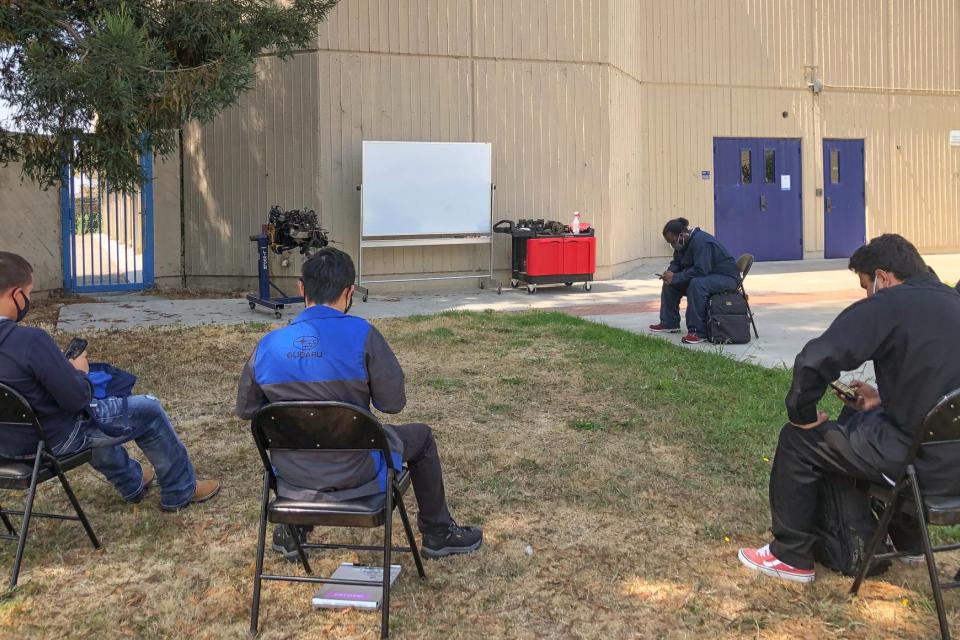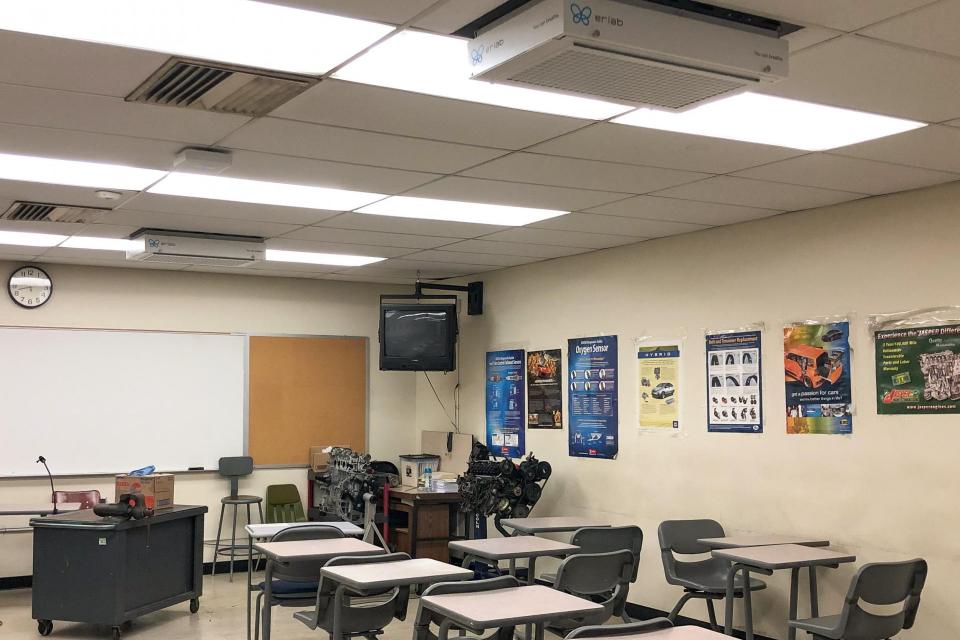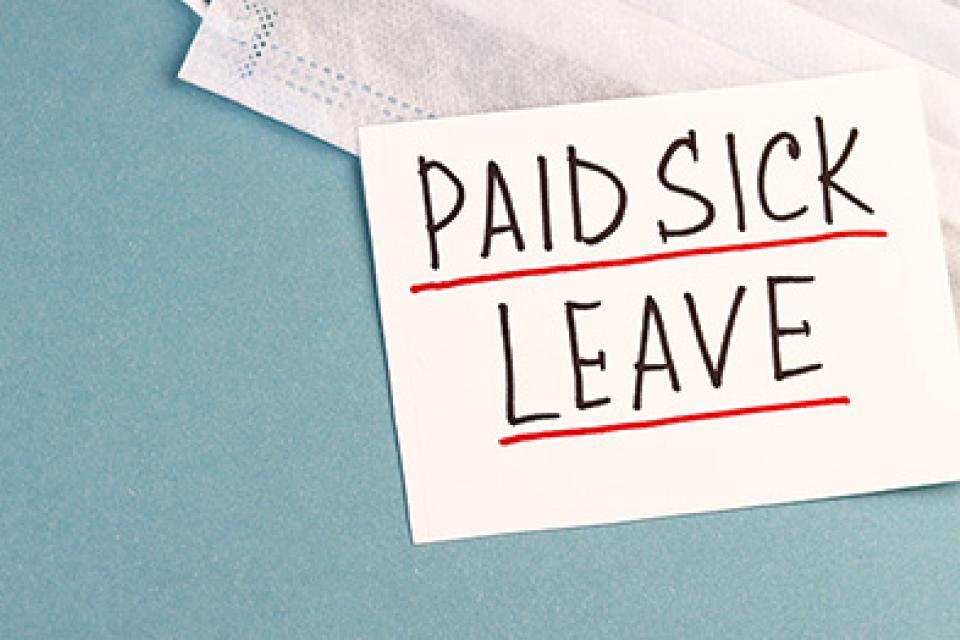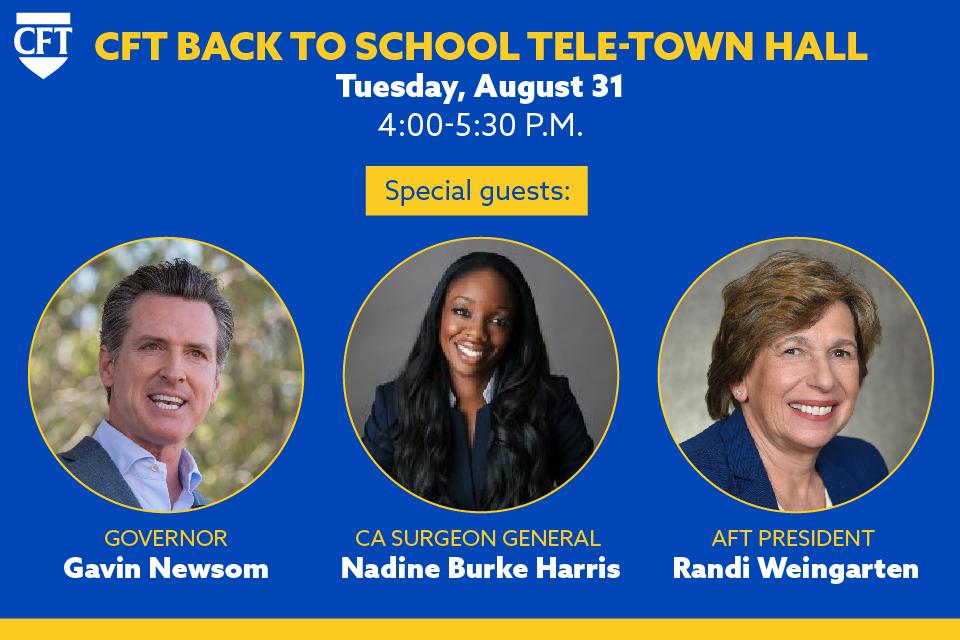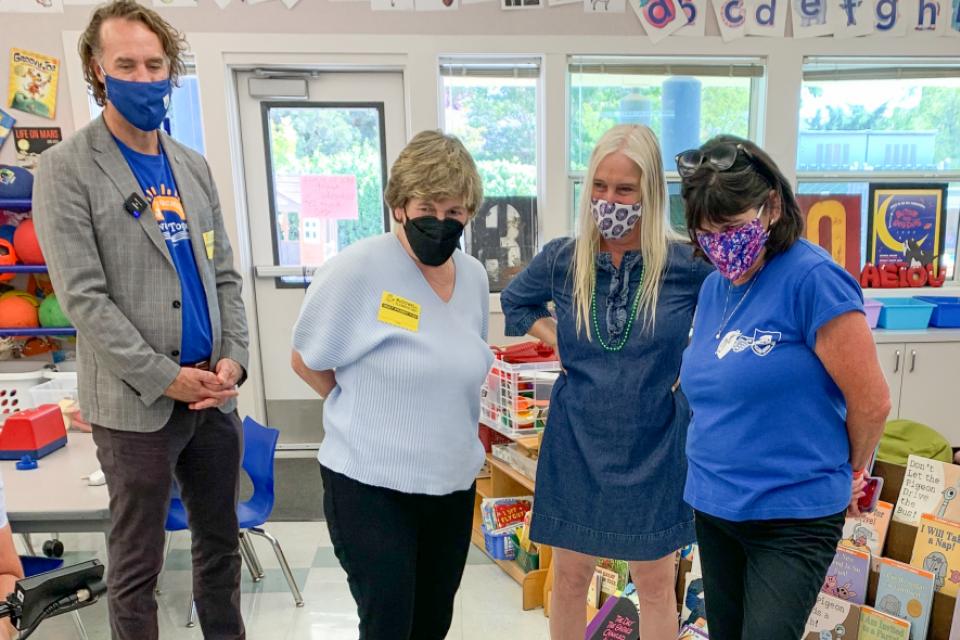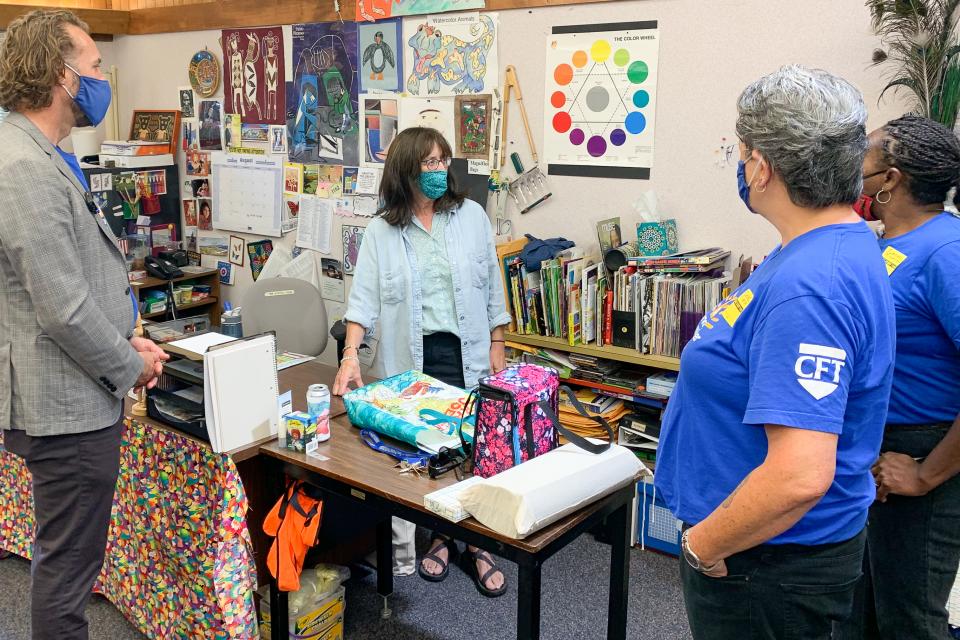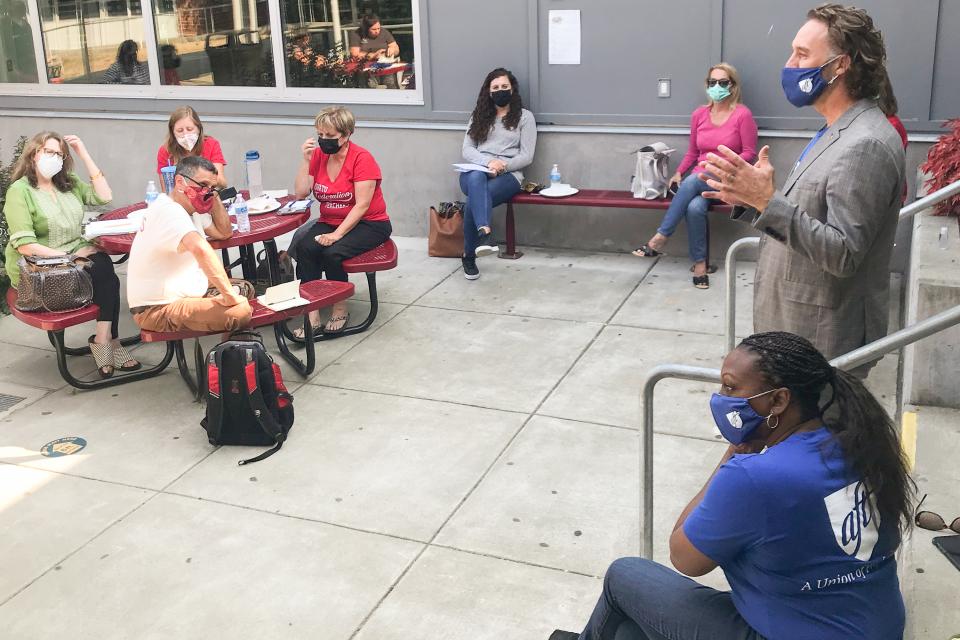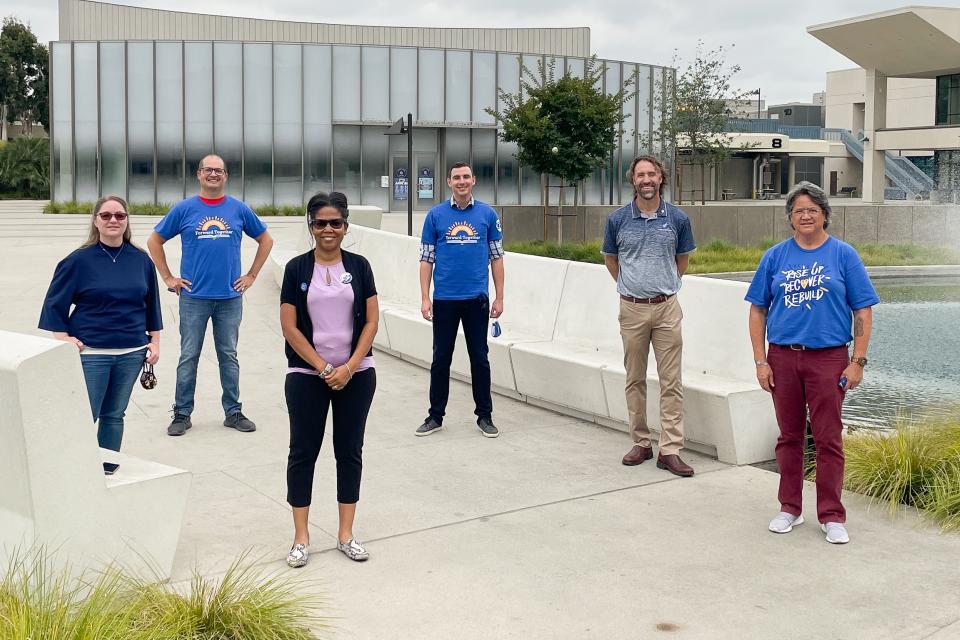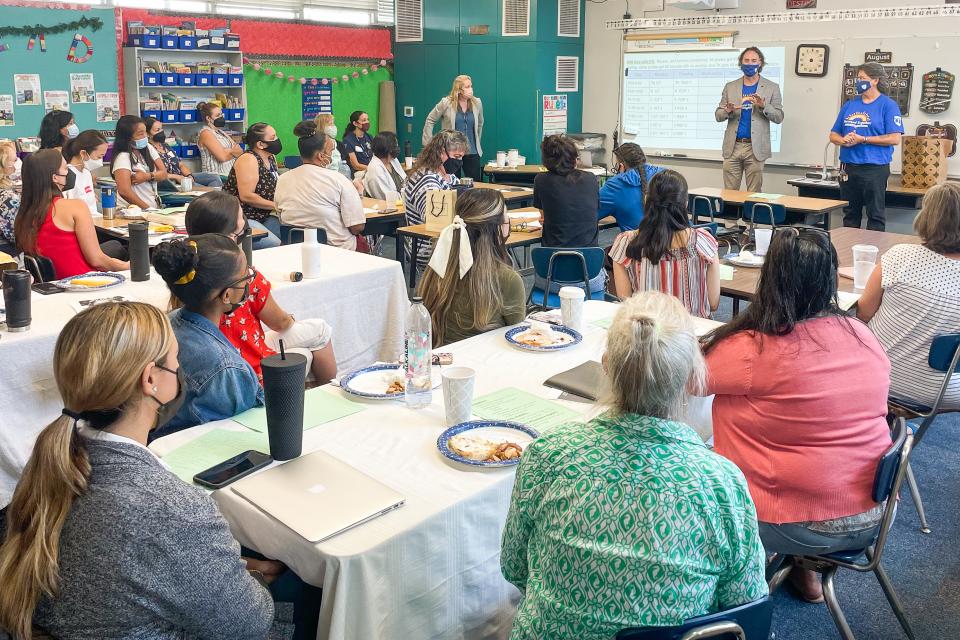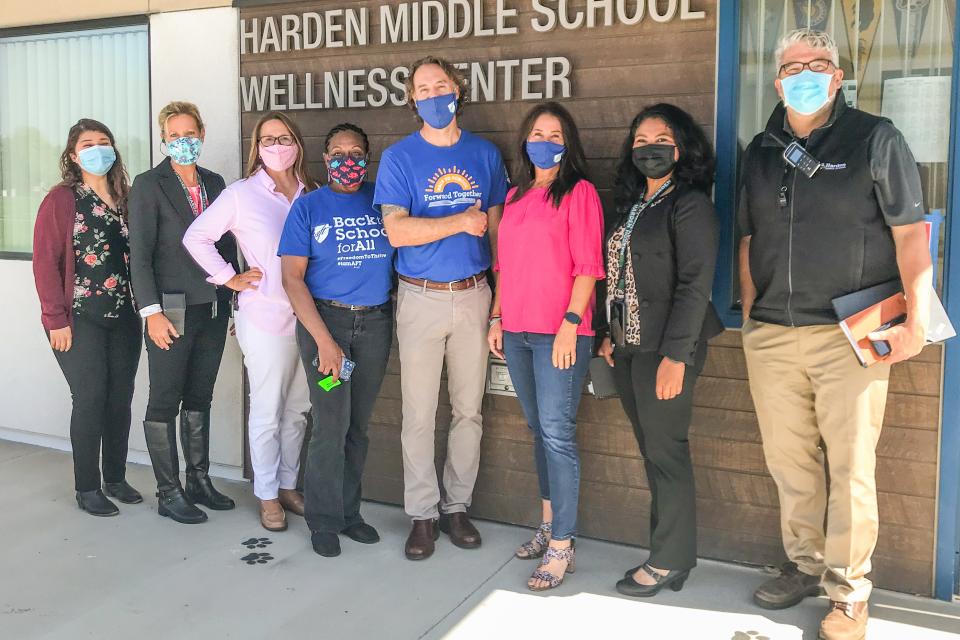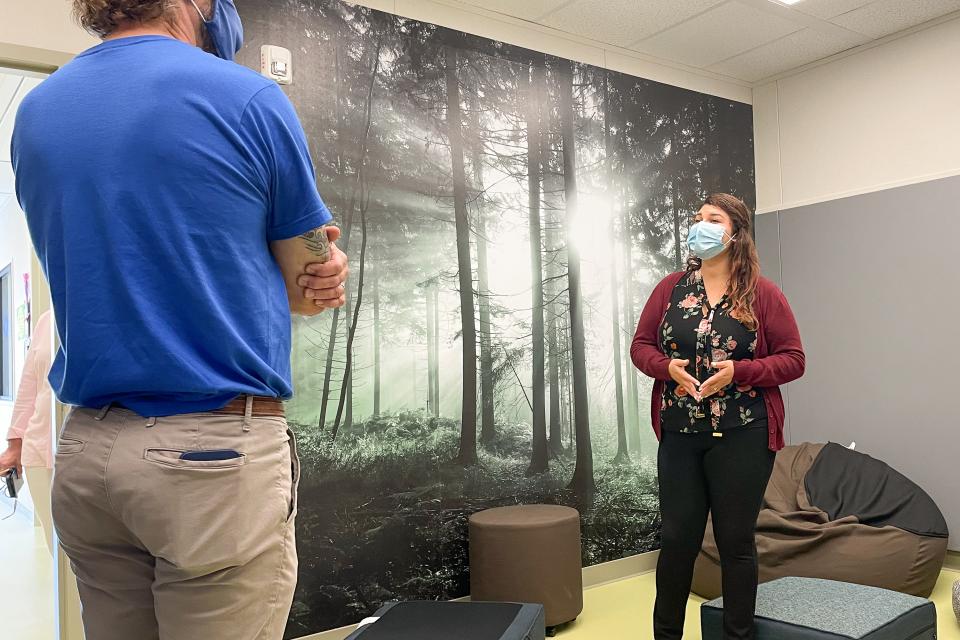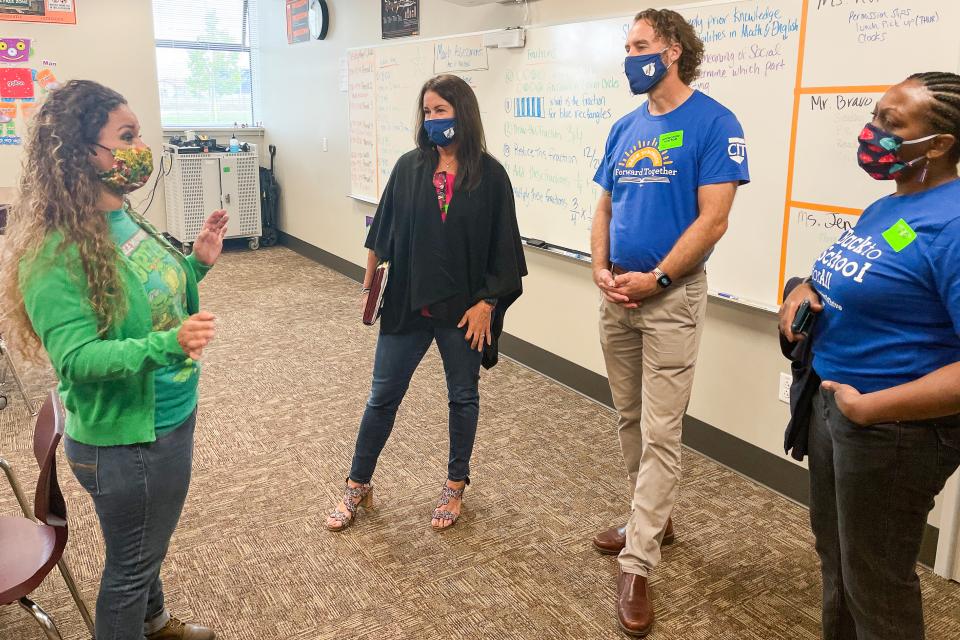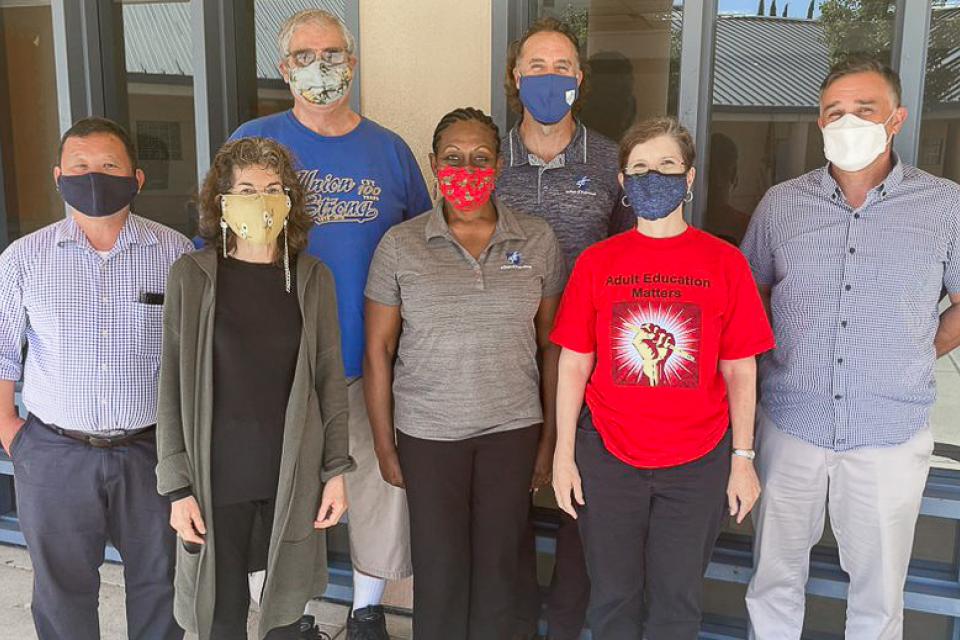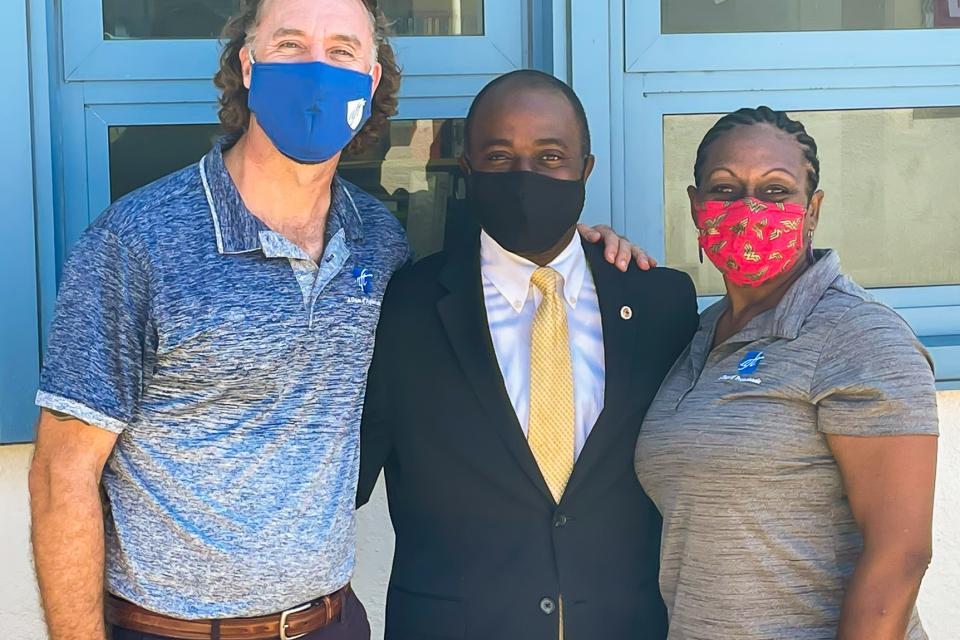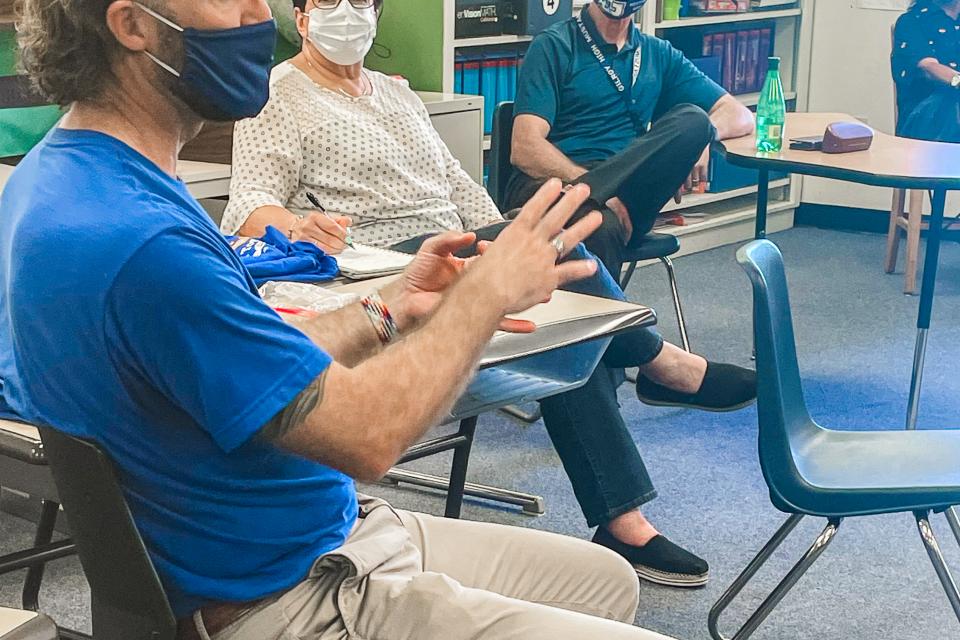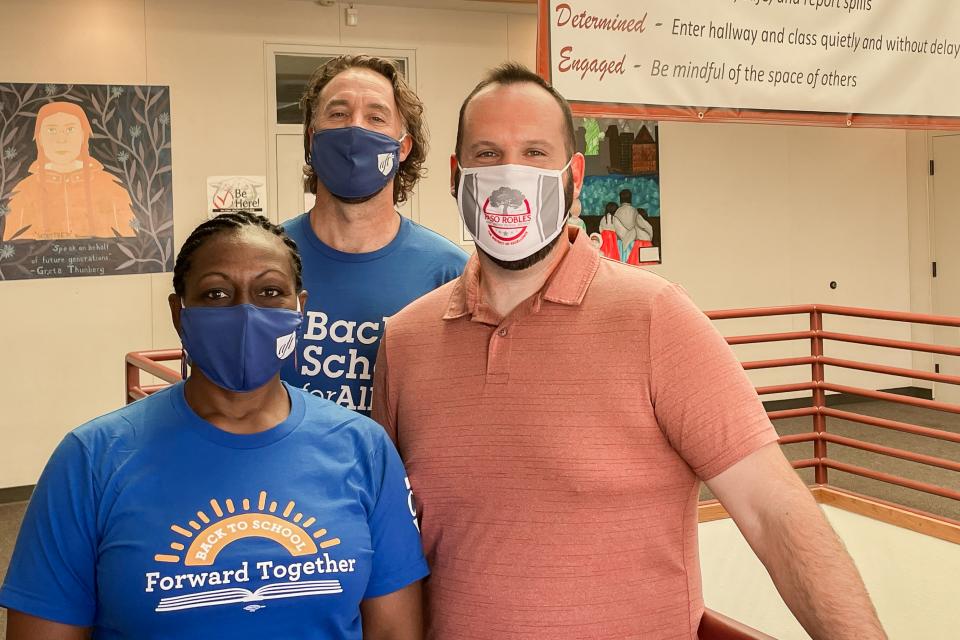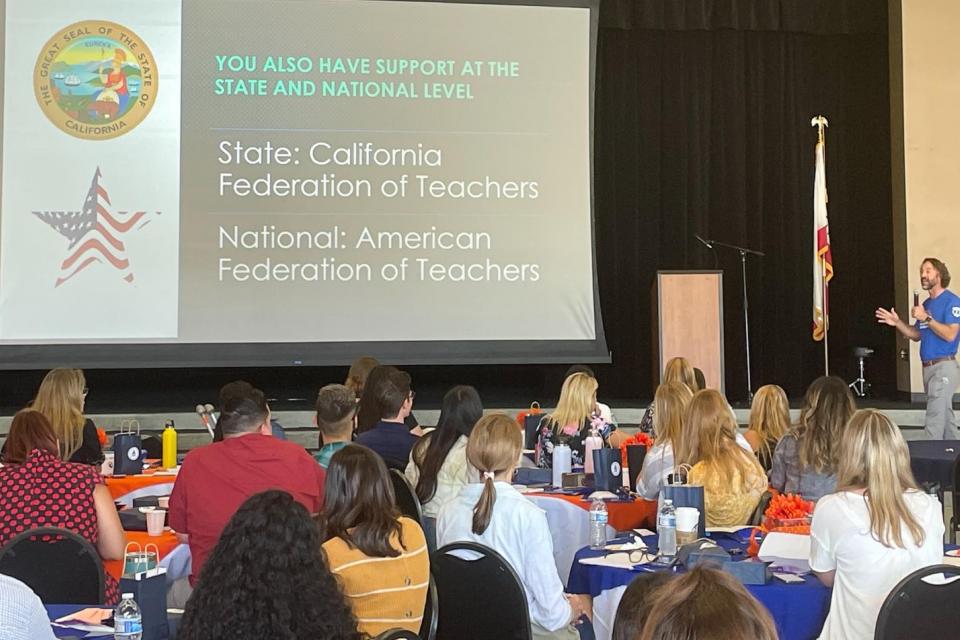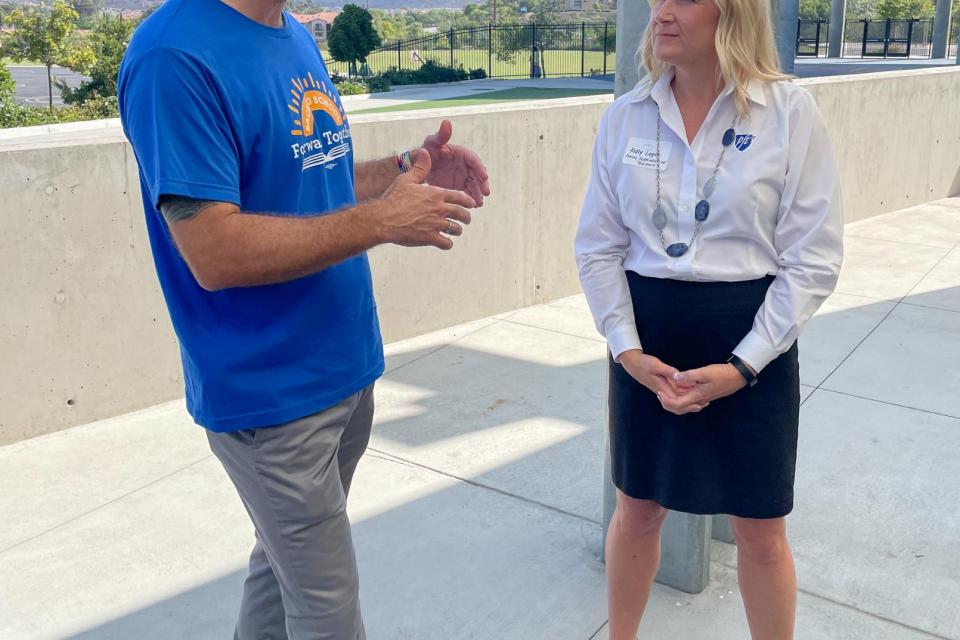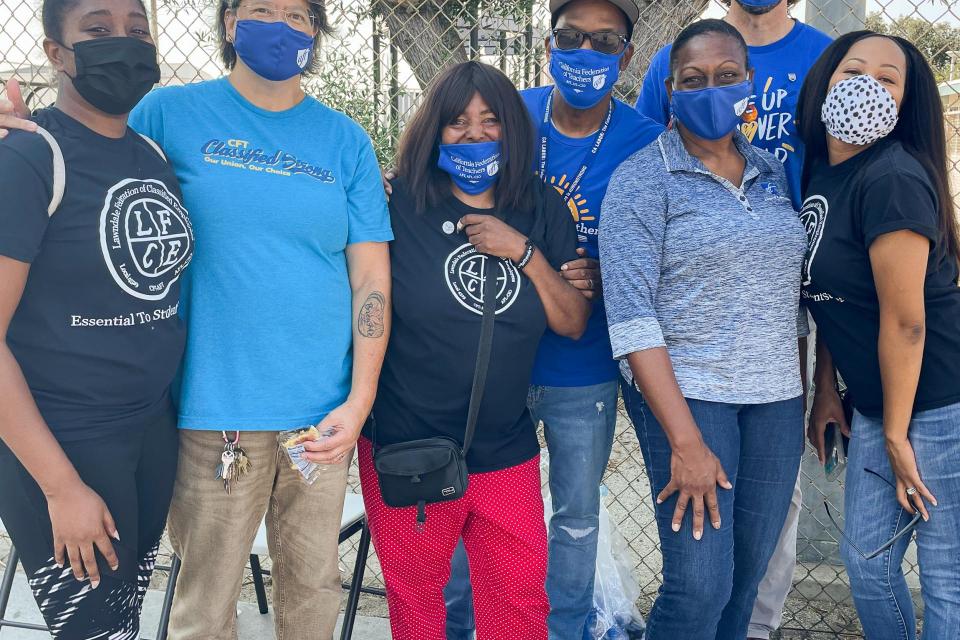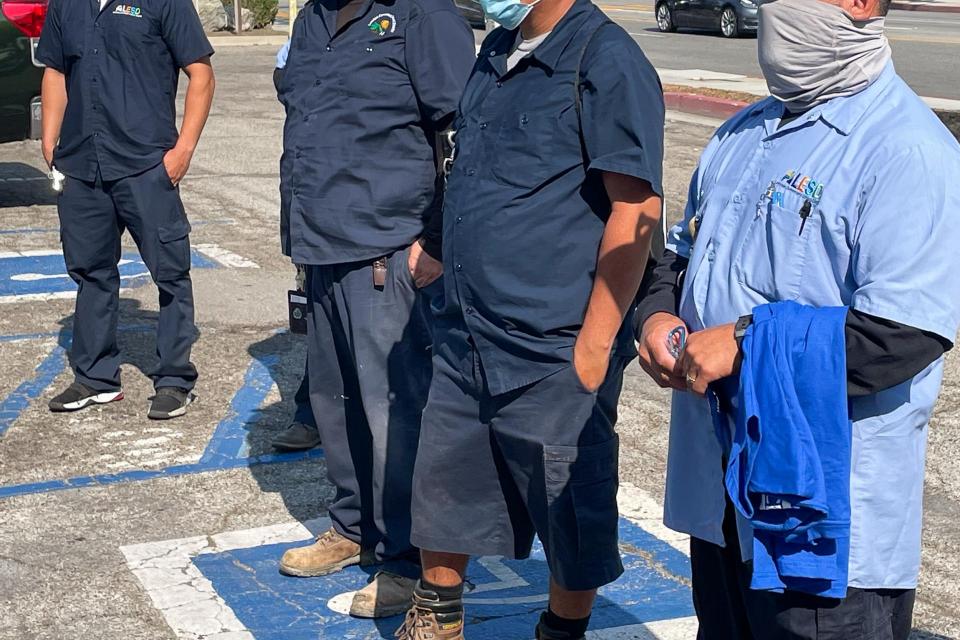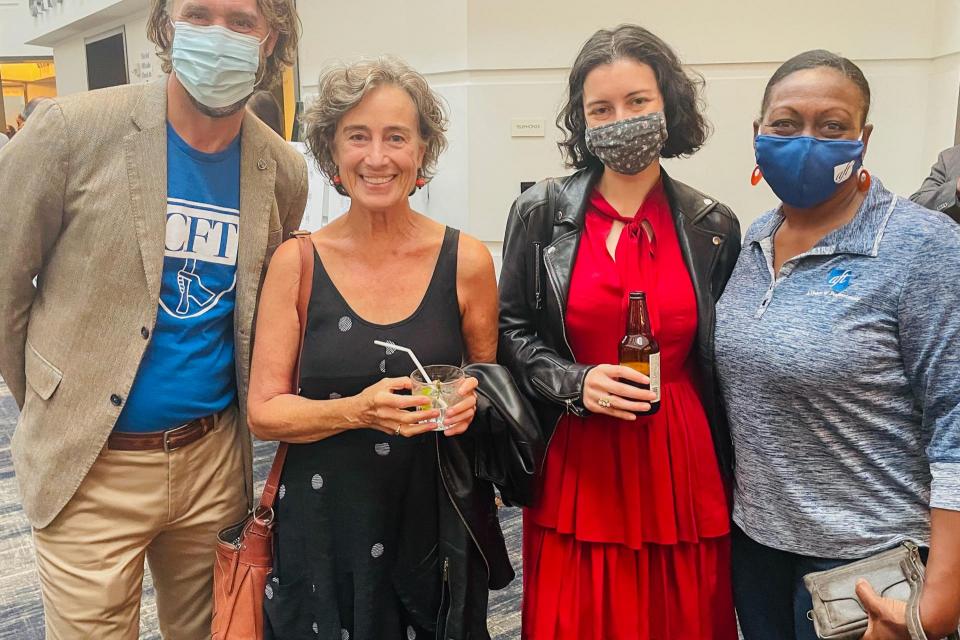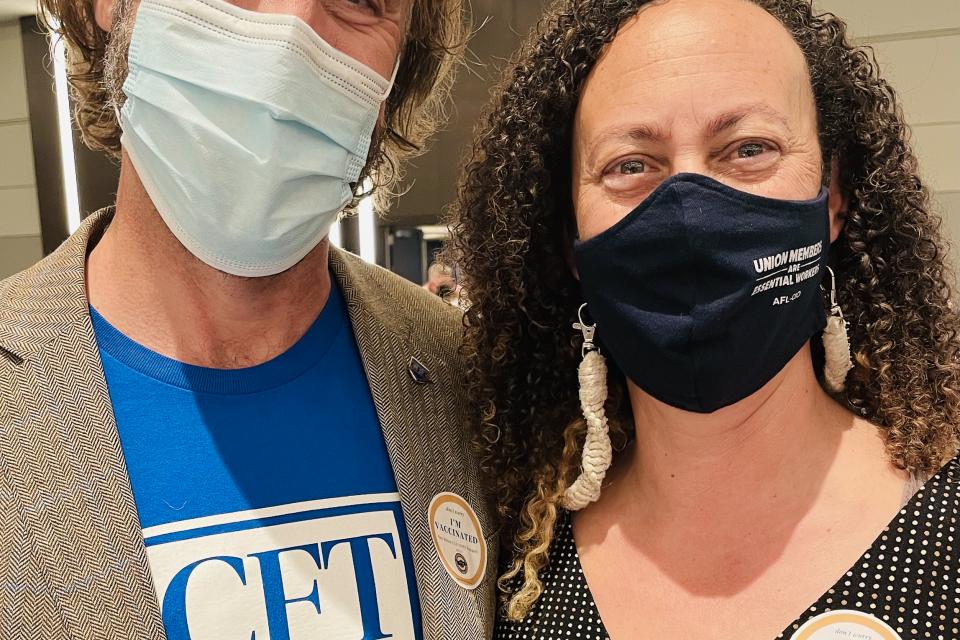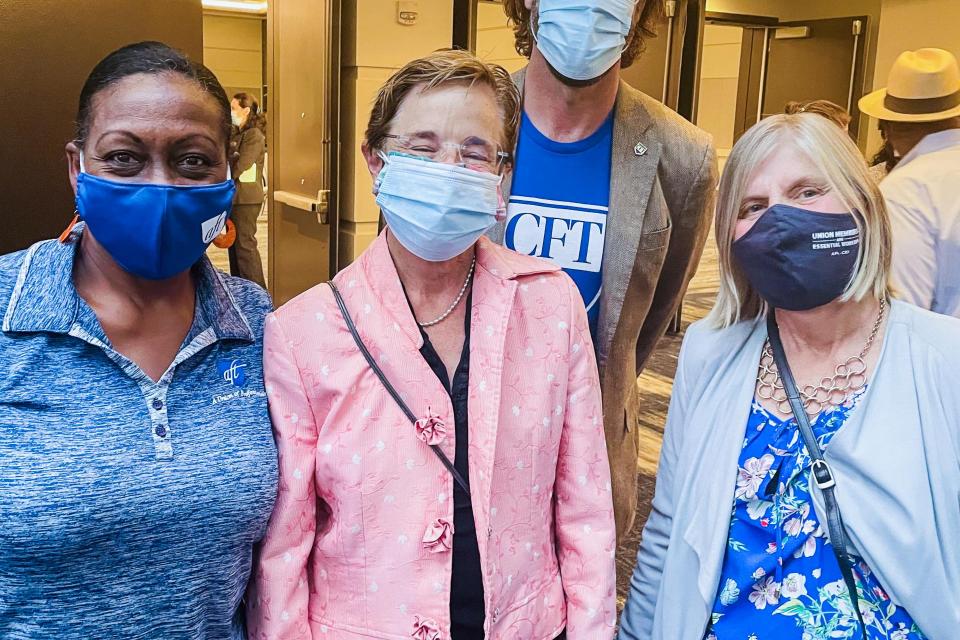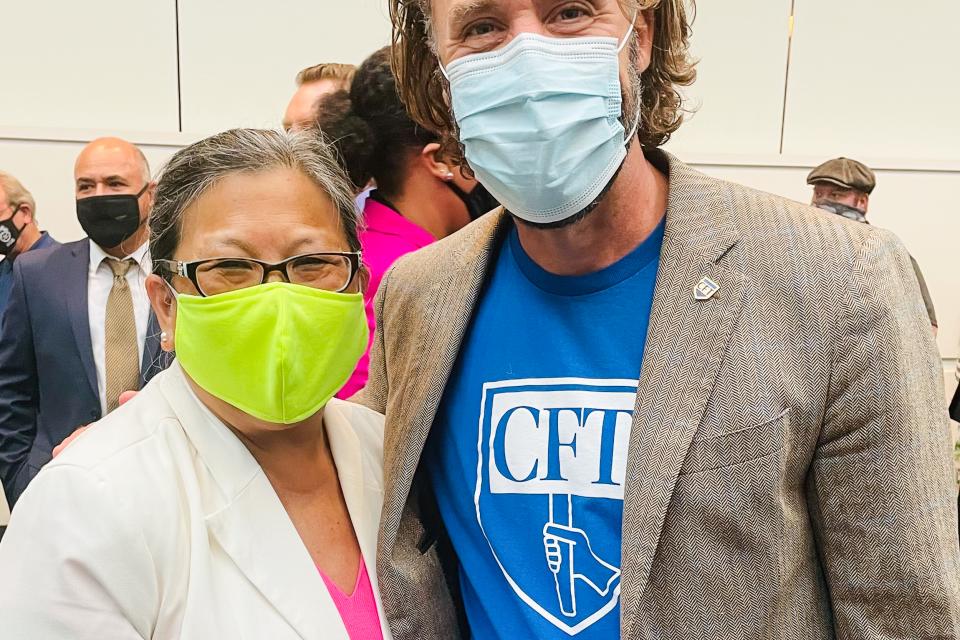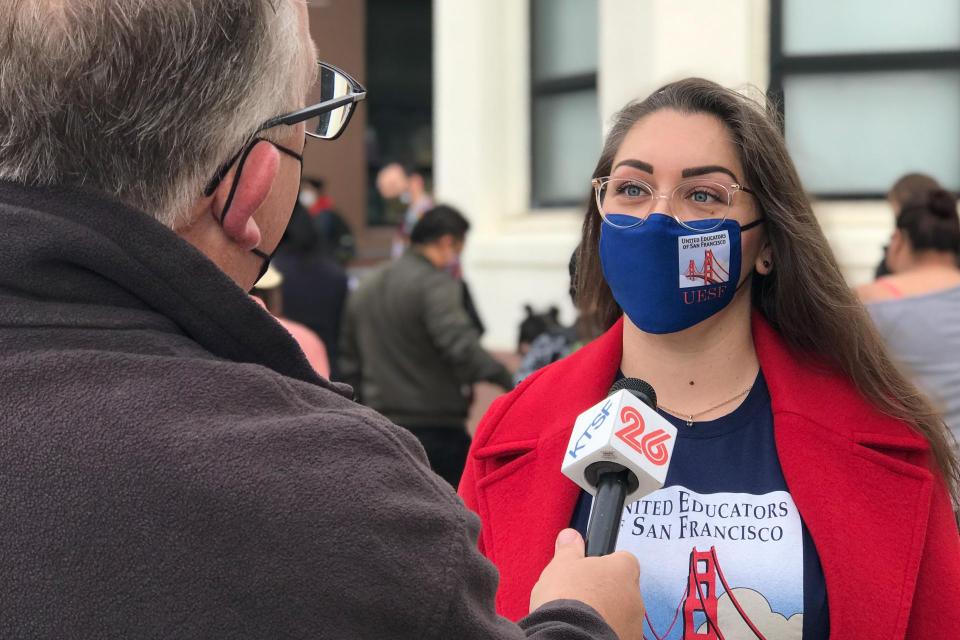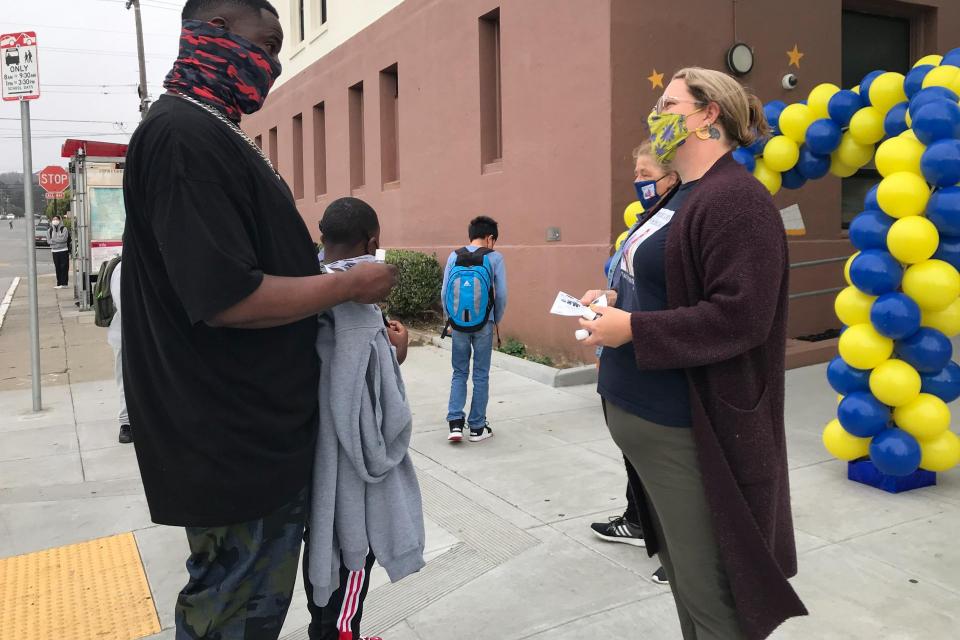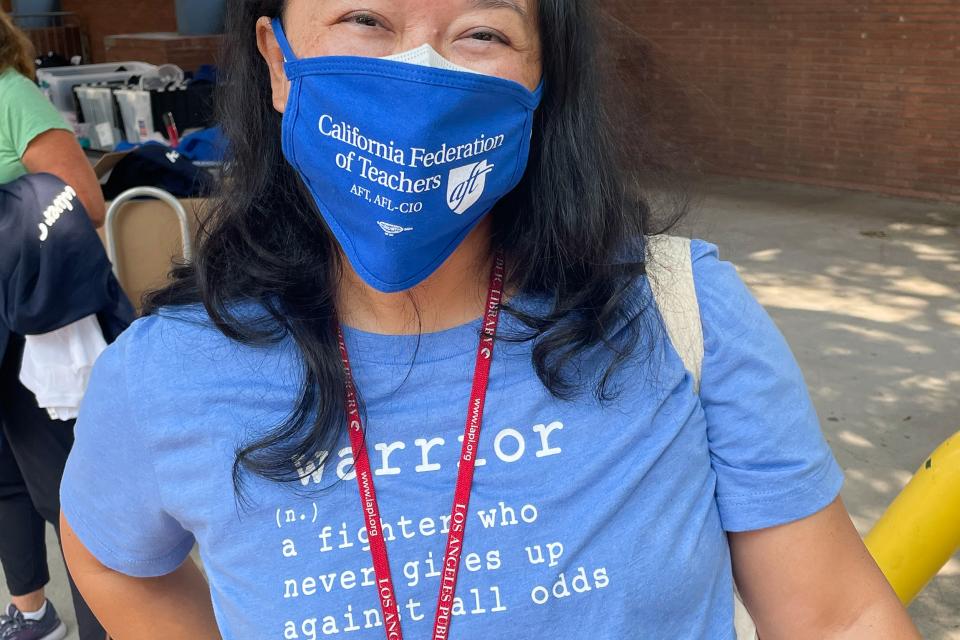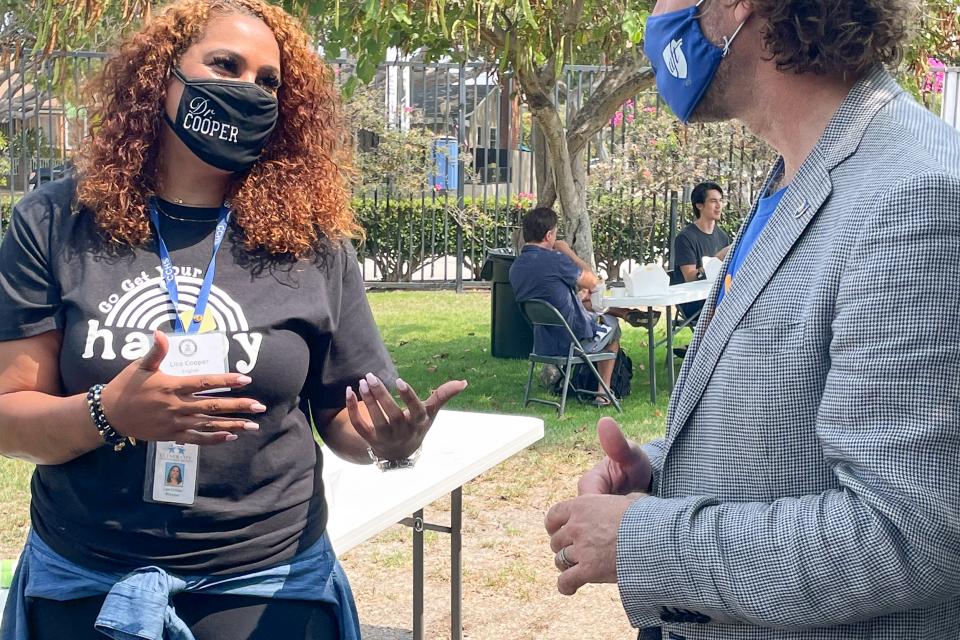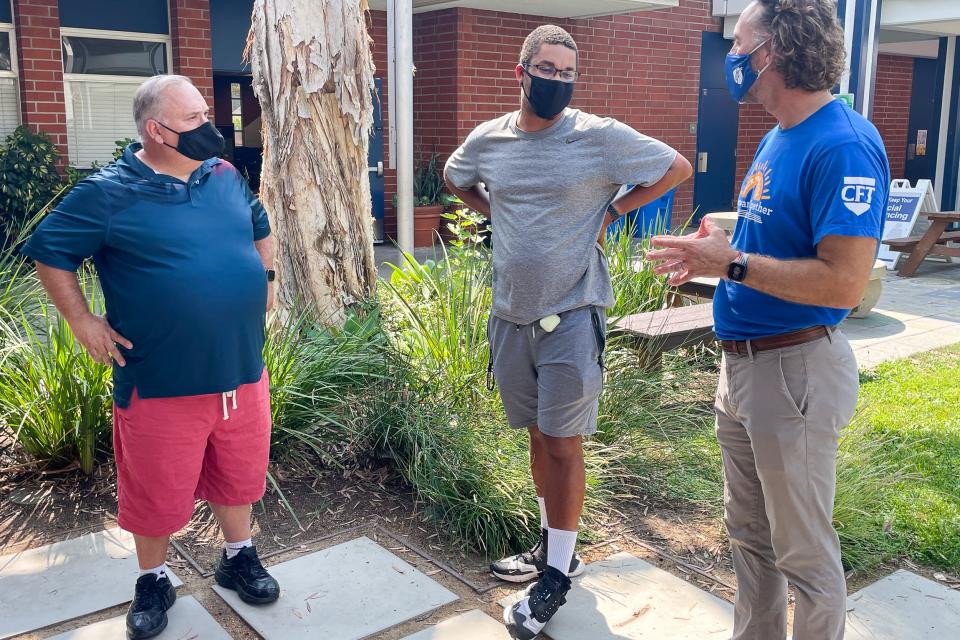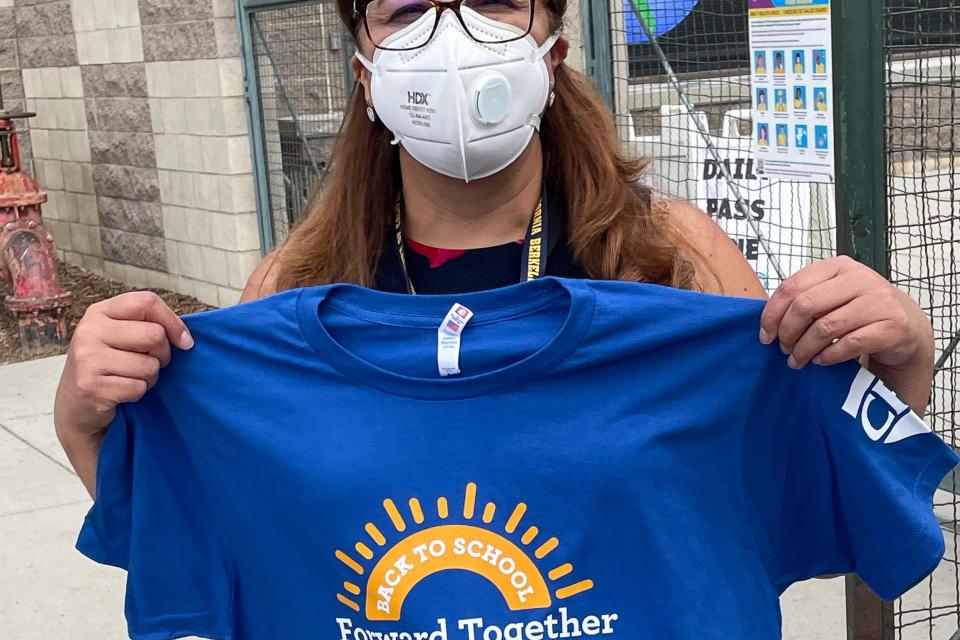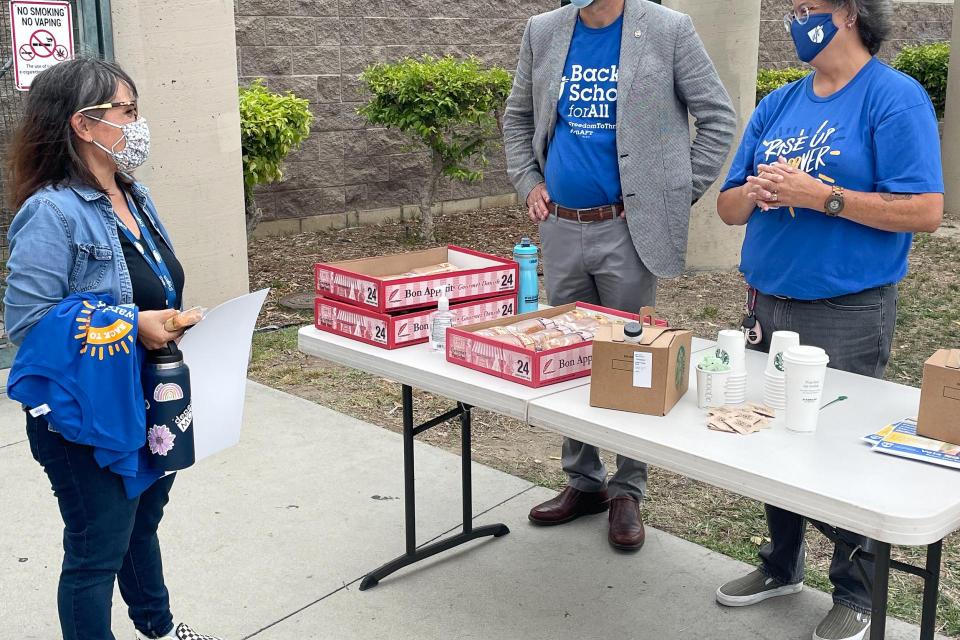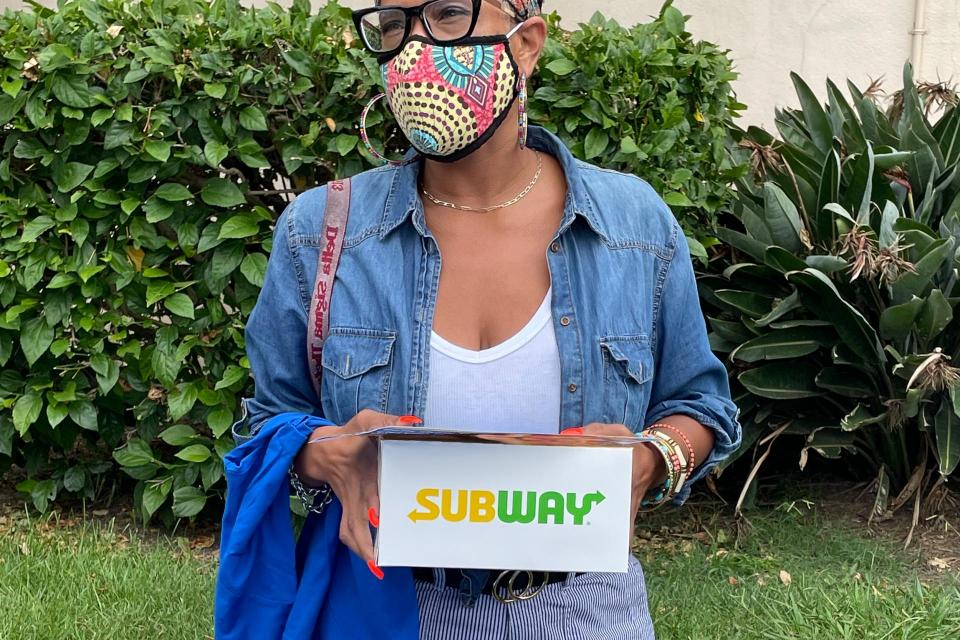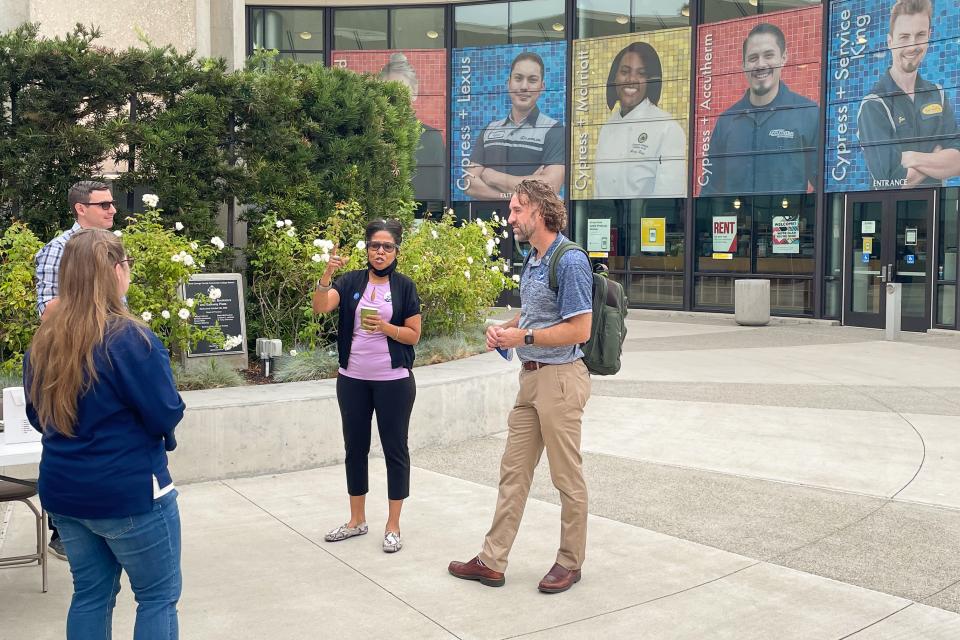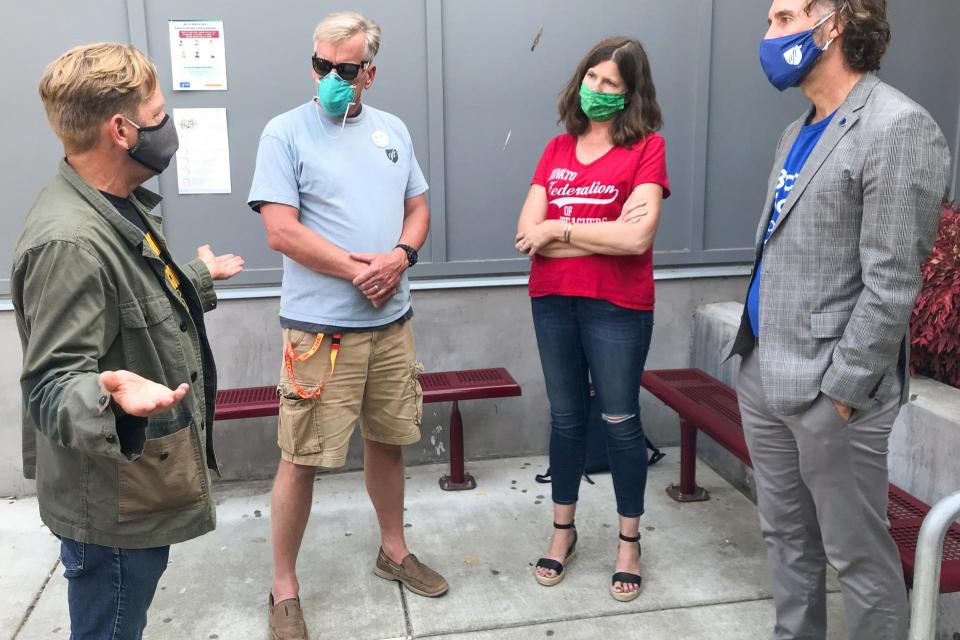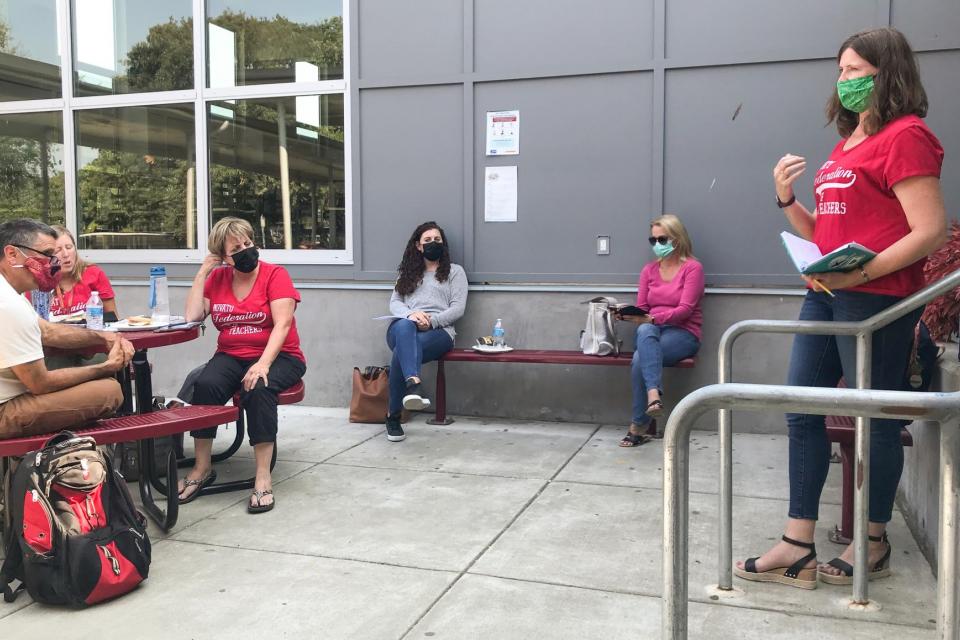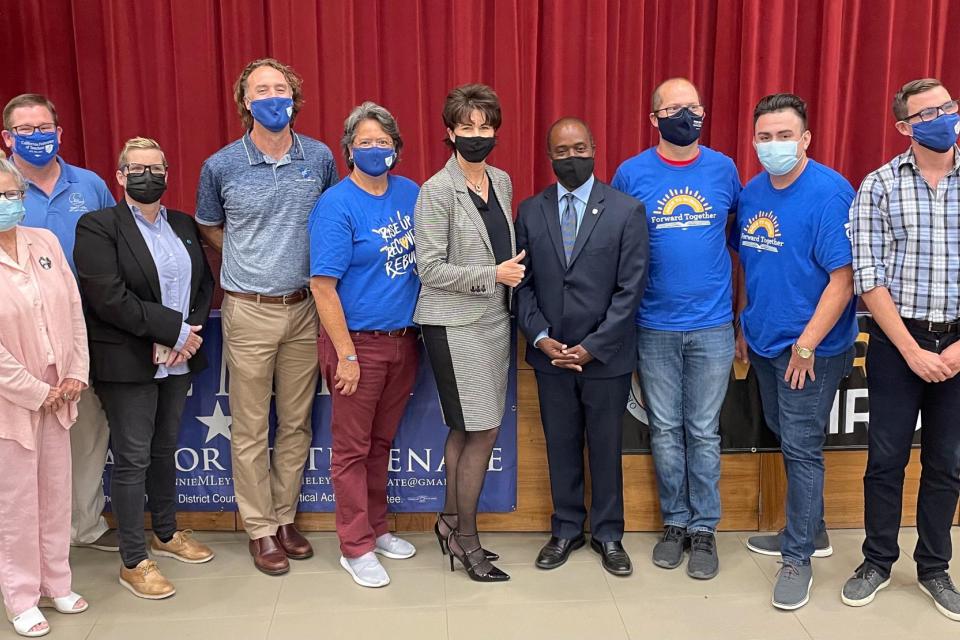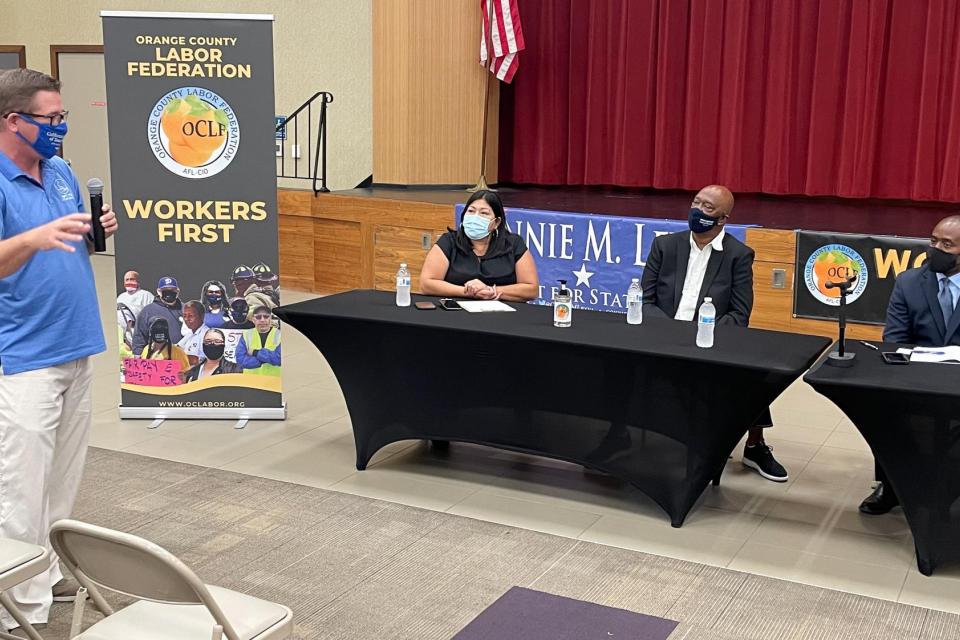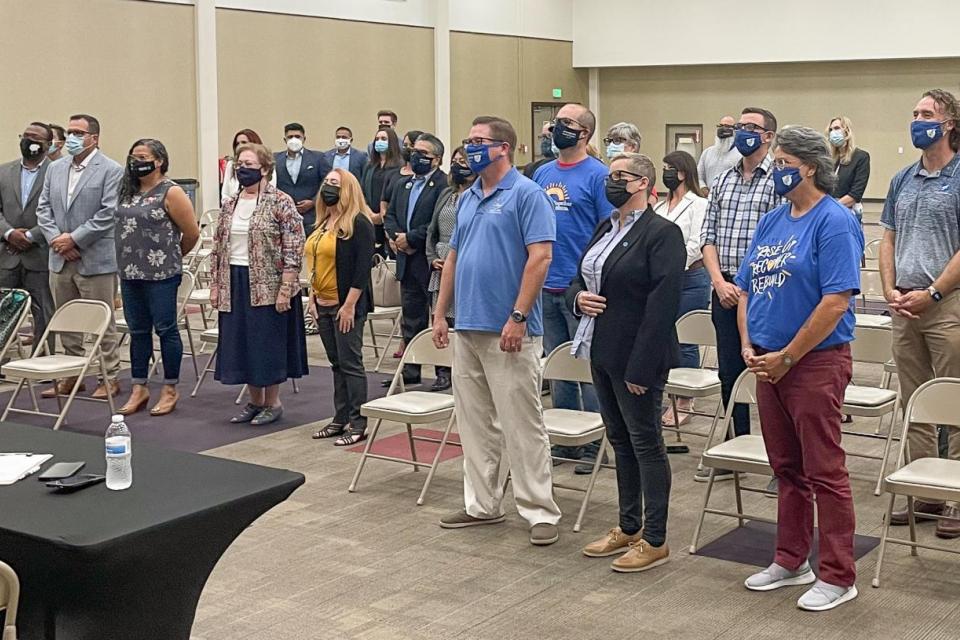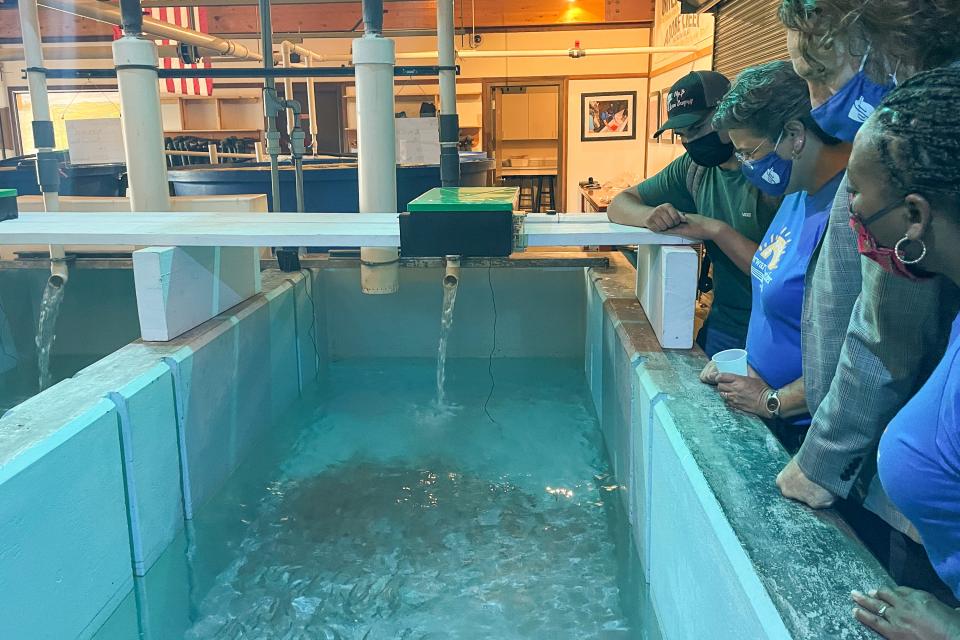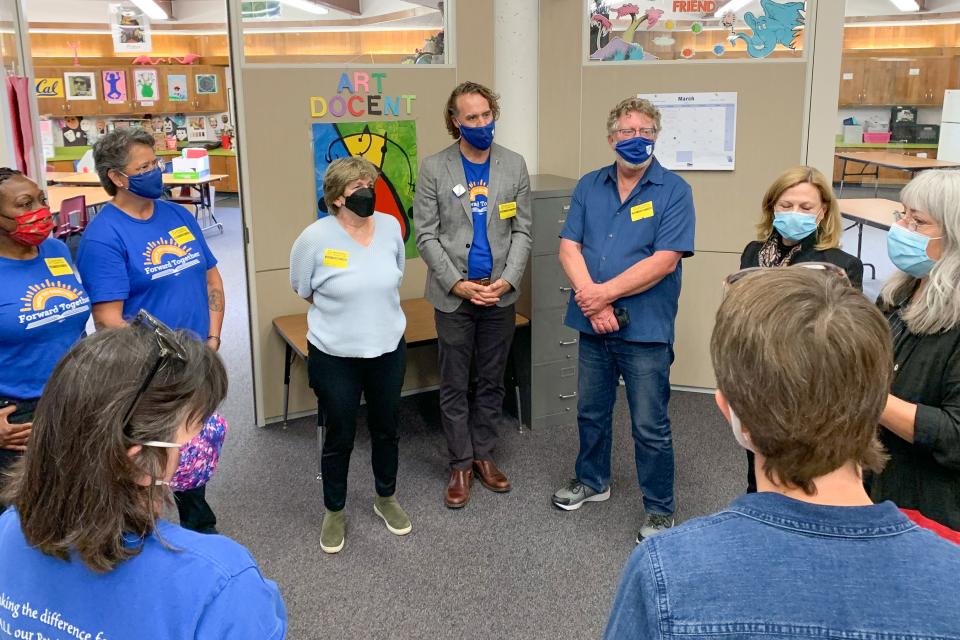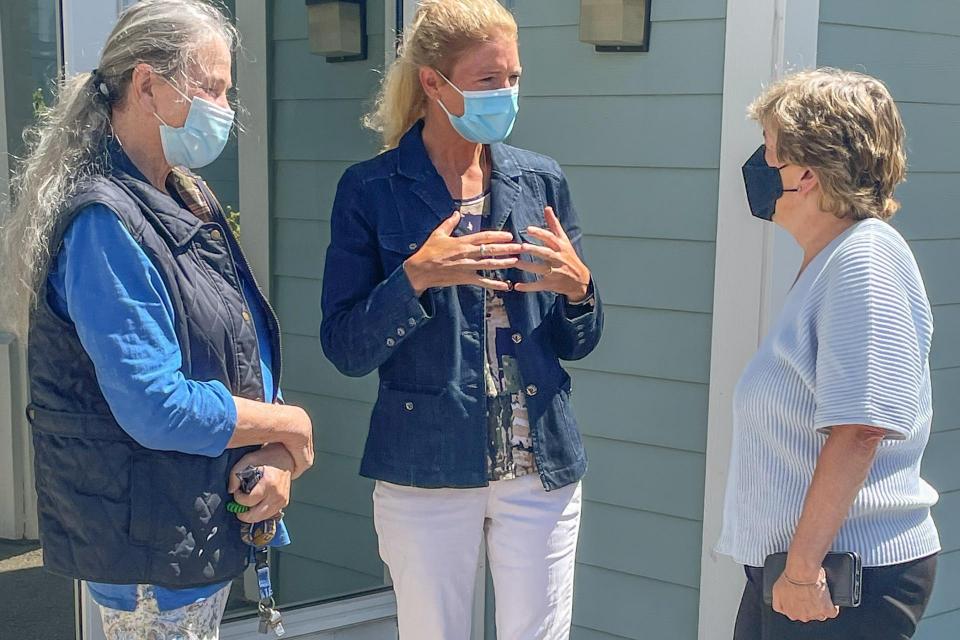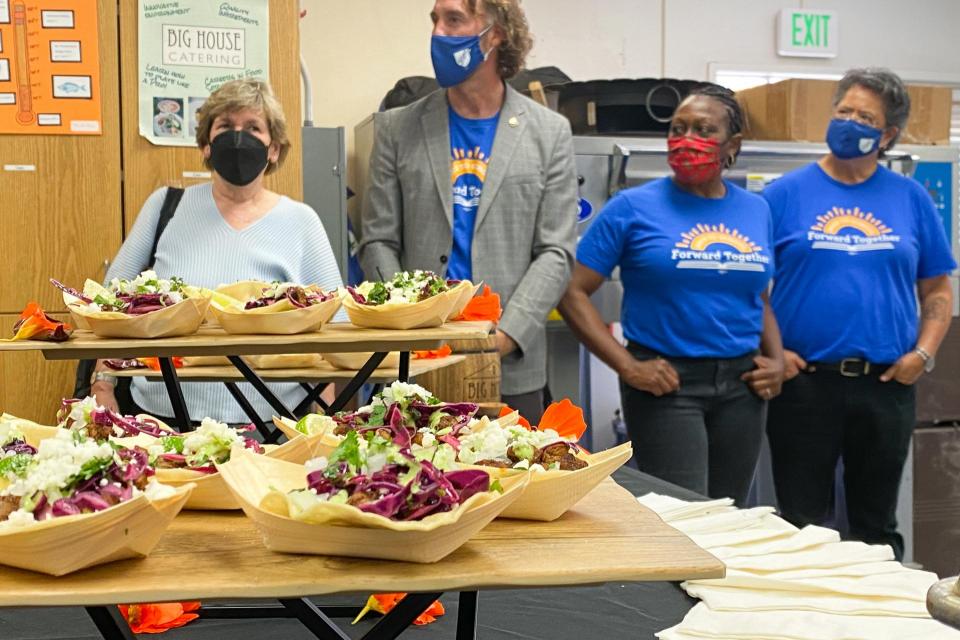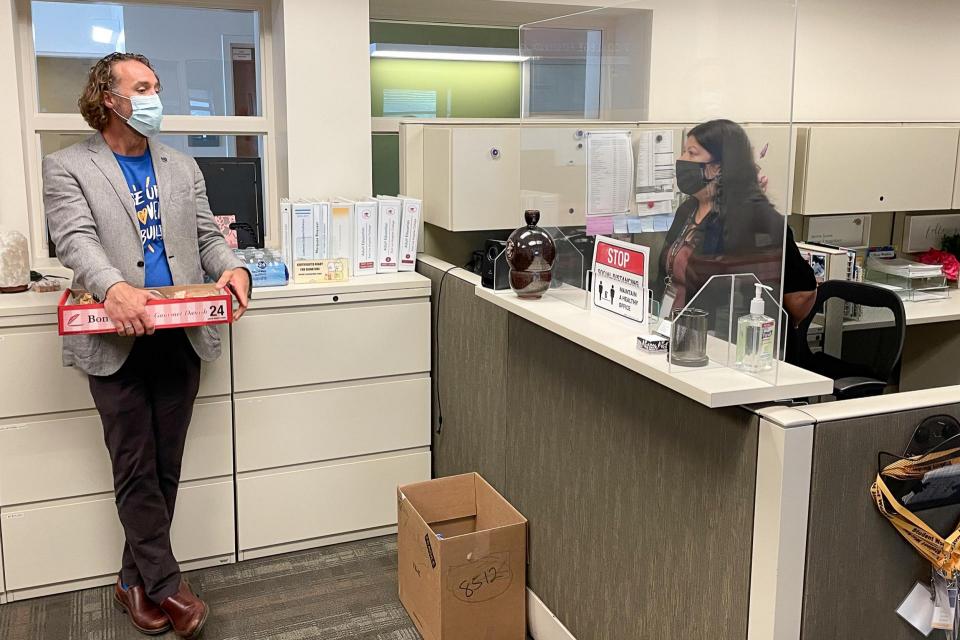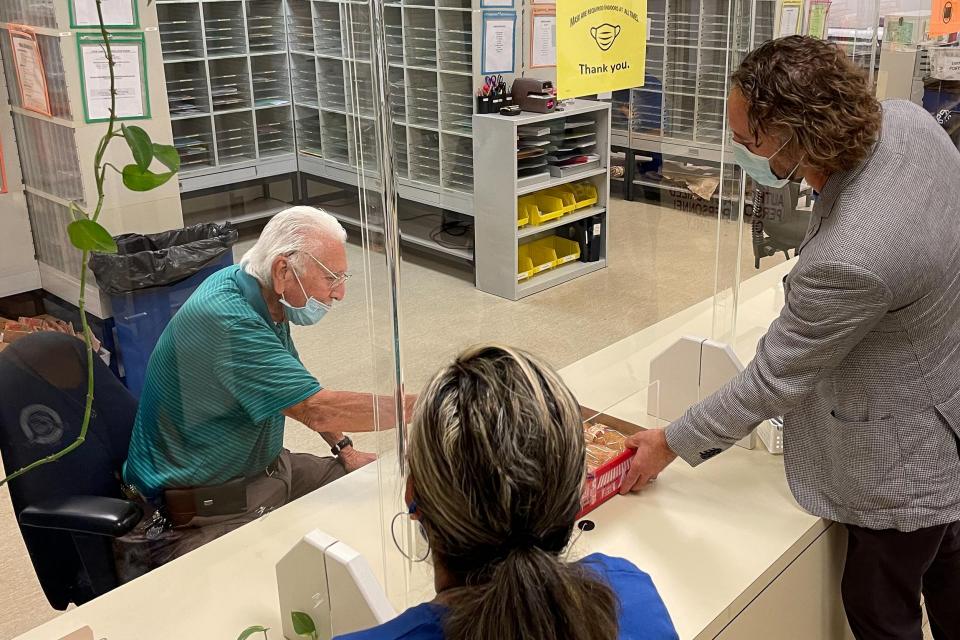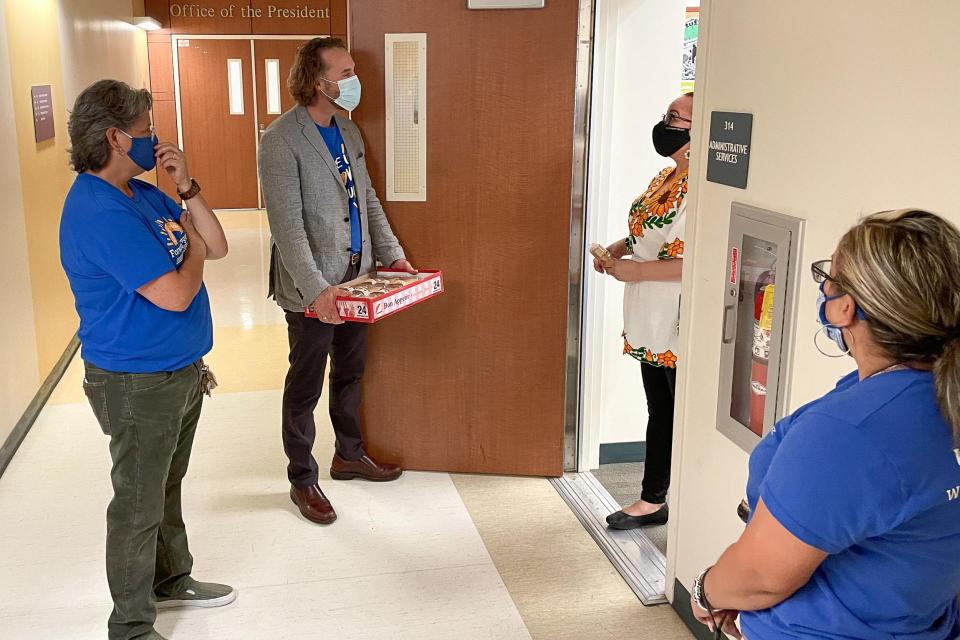Topic: Safe Workplaces
High Desert Contract Gains
Antelope Valley College classified hope agreement points to better relations with administration. Staff still waiting for new superintendent to honor 2019 State Supreme Court ruling.
Negotiations at Antelope Valley College went late into the night on June 22, when AVC Superintendent Jennifer Zellet and AFT Local 4683 President Pamela Ford put the last touches on a contract for 240 members of the Antelope Valley College Federation of Classified Employees.
Salaries were the main issue at the table. Staff will receive an retroactive raise and increases.
The district will increase contributions to employee benefits, retroactive to October 2022.
AVERTing disaster: Every second counts
Surviving an “active shooter” on campus takes quick decisions and actions
The names of the schools are etched in our minds: Columbine High, Virginia Tech, Sandy Hook Elementary, Marjorie Stoneman Douglas High, Uvalde Elementary. Gunmen with grudges have struck at all grade levels and in every corner of the country.
Most shootings take place at businesses, but news stories more often focus on schools. Deadly shootings are, in fact, tearing up U.S. schools at a record pace. According to Education Week, as of October 24 there have been 40 school shootings this year, with a toll of 34 dead and 88 injured.
Governor extends COVID paid sick leave through end of 2022
New extension will sunset on December 31, 2022
Governor Newsom signed AB 152 on September 29, extending COVID-19 Supplemental Paid Sick Leave through the end of the year for California workers. This protection was originally set to expire on September 30.
This extension does not come with additional sick leave but instead gives workers access to any of their remaining COVID-19 Supplemental Sick Leave through December 31, 2022.
What to know about extreme heat, schools, outdoor work and activity
How to prevent heat illness and stay safe at work
During California’s extended heat wave, public agencies have issued additional guidance for schools and staying safe during outdoor activity, adding to already existing guidelines about preventing heat illness for workers.
Gun violence in America — something is gravely wrong here
Let’s imagine a world free of gun violence and schools that are open, free, and welcoming
By Jeffery M. Freitas, CFT President
I taught high school math in a picturesque Southern California location with a view of the Pacific Ocean. On nice days, we used to keep the doors and windows of our classrooms open. We had no fences around our school and there were open courtyards that welcomed gatherings of students and staff alike. Much of that has disappeared. Now doors and windows must remain shut on campus and chain link fences surround the beautiful campus in case someone shows up with a weapon of war and the intent to kill.
Trades workers, custodians ready for increasingly dangerous workplaces
PHOTO GALLERY
CFT conference tackles tough issues of coronavirus, toxic chemicals, climate change, active shooters
Dozens of classified members from locals up and down California recently met at Compton College for the first Custodial and Skilled Trades Conference hosted by the CFT Council of Classified Employees.
“We have talked about this for years, and put it off for two years because of COVID, but here we are,” said a buoyant CCE President Carl Williams.
AFT task force tackles national staff shortages in education
CFT seeks to set minimum salaries and hourly pay
COVID didn’t create the national staffing crisis we face, but the pandemic has stretched classified and certificated members so thin that some schools have been forced to shut their doors.
AFT has stepped up to the challenge and created an Education Staffing Crisis Task Force co-chaired by Carl Williams, head of the CFT Council of Classified Employees and an AFT Vice President, and Michael Mulgrew, leader of AFT’s largest local union, New York City’s United Federation of Teachers.
Worker action extends COVID Paid Sick Leave
Retroactive to January 1, 2022 and sunsets September 30, 2022
CFT and our labor partners have fought hard to reinstate COVID-19 paid sick leave. On February 9, Governor Newsom signed the COVID-19 Supplemental Paid Sick Leave legislation (Senate Bill 114) into law. This is a huge win that will help keep our workplaces and communities safe.
Supplemental Paid Sick Leave became available starting February 19 — ten days after the legislation was signed. Here is a summary of what is included in the new law:
- This leave is retroactively applied to January 1, 2022, and will sunset on September 30, 2022.
Workers can’t wait, #PaidSickDaysNOW
Sign the petition!
By Art Pulaski, Executive Secretary Treasurer, California Labor Federation
Since the beginning of this pandemic, workers have borne the brunt of this crisis. They’ve been on the frontlines for nearly two years, every day, to keep our economy afloat. Now, with the omicron surge leading to record cases, frontline workers are more at risk than ever. And many are assuming this risk with few protections.
UC lecturers’ victory inspires broad movement for equity across higher education
CFT wages a campaign for part-time faculty in the community colleges
By Jeffery M. Freitas, CFT President
For about three years the University Council-AFT engaged in protracted negotiations on behalf of lecturers in their unit. Their aims have always been about fairness — better working conditions for lecturers and improved learning conditions for students. Their fight has been about not only winning economic and contractual gains for members, but gaining professional respect and recognition for their teaching at the University of California. Their campaign has been a true member-driven effort, rooted in years of organizing by the statewide local that represents both continuing lecturers and librarians, led by their president, Mia McIver, and a committed negotiations team.
Overwork, underpayment, burn out and blame, lead to staff shortages
Unions speak to pandemic-driven shortage of teachers, subs, paras, classified
For years, California elementary and secondary schools have had teacher shortages, particularly in areas of special education, math, and science, but it’s grown worse since the pandemic started, with fewer teacher candidates getting credentials, and 26% more teachers retiring in 2020 than the year before.
What does classified work look like 20 months into the pandemic?
Staff shortages, vaccine mandates, strict school bus protocols, but also pay raises and lots of union support
California schools reopened to a new normal. Classified staff are getting their arms around vaccine mandates and making safety protocols part of their daily routines. And nearly every district, from rural elementaries to urban community colleges, are facing serious labor shortages.
Back-to-School Tour puts staff shortage in stark perspective
Dedication and inspired work of our members must be recognized
By Jeffery M. Freitas, CFT President
In early August, Luukia Smith, Lacy Barnes, and I ventured up and down the state on a three week Back-to-School, Forward Together Tour. We visited with early childhood educators, TK-12 teachers, classified workers, adult education teachers, and part-time community college faculty. We witnessed firsthand students learning in-person. We saw the incredible school communities our members have helped to build and visited campuses and classrooms to see CFT members in action.
Answers to common questions about return to in-person
FAQ for teachers and support staff in TK-12 schools
Now that California schools have returned to in-person classes, teachers and staff on campuses up and down the state are having to navigate a new phase of the COVID-19 pandemic. In mid-August, the CFT held a tele-townhall meeting to connect directly with members and hear about your workplace concerns. Below are answers to the most common questions we heard from you.
Classified members feel the love during Back-to-School Tour
CFT leaders provide encouragement, support for safe working conditions
CFT’s top officers embarked on a statewide Back-to-School Tour in mid-August as many classified employees and teachers headed back to campus in-person for the first time since the pandemic forced distance learning for California schools and colleges. The road trip included stops from North Bay Counties to San Diego County, in both urban and rural districts.
What’s on everyone’s mind? The return to in-person
From urban to rural, community college locals weigh in
Most faculty members, staff, and students at the state’s community colleges have been teaching, learning, and working online for more than a year and a half due to COVID-19. Many planned to go back to their campus in the fall semester, but after a brief period of hope that the virus was on the way out the delta variant emerged in the summer, and in many areas, COVID is surging again.
Legislature changes independent study to allow distance learning option
Changes for school year 2021-22
The state budget package for 2021-22 includes changes to independent study to allow all schools to offer a replacement for a distance learning option for students and families who prefer to remain outside of in-person instruction.
Legislature fails to extend COVID-19 Supplemental Sick Leave
Legislative Update
The COVID-19 Supplemental Paid Sick Leave is set to expire September 30 and due to legislative deadlines, it is no longer possible for the Legislature to pass an extension before the existing SPSL expires.
Thousands of CFT members join Back-to-School TeleTown Hall
The afternoon of Tuesday, August 31, thousands of educators and classified professionals from across the state joined CFT’s Back to School Tele-Town Hall. Three high profile guests joined CFT members on the call — Governor Gavin Newsom, California Surgeon General Dr. Nadine Burke Harris, and AFT President Randi Weingarten.
See our Back-to-School tour in pictures!
Forward Together!
CFT leaders visited school communities and workplaces during a statewide two-week back-to-school tour. On the Back-to-School: Forward Together tour, CFT President Jeff Freitas, Secretary Treasurer Luukia Smith, and Senior Vice President Lacy Barnes met with educators, classified employees, students and parents to support a safe return to in-person learning. CFT leaders also shared their vision for maximizing a record state budget investment to strengthen academic achievement and student social emotional well-being.
